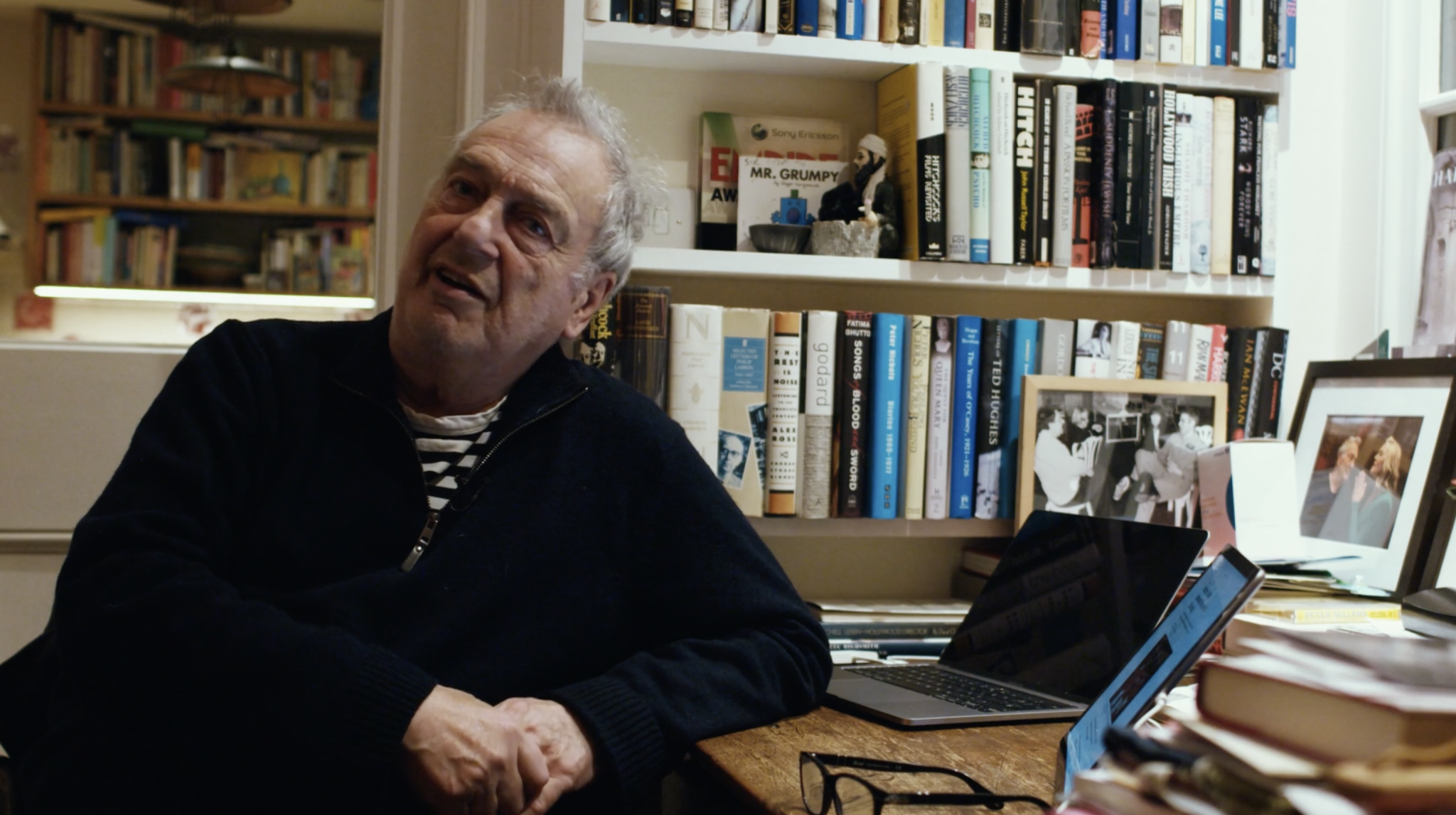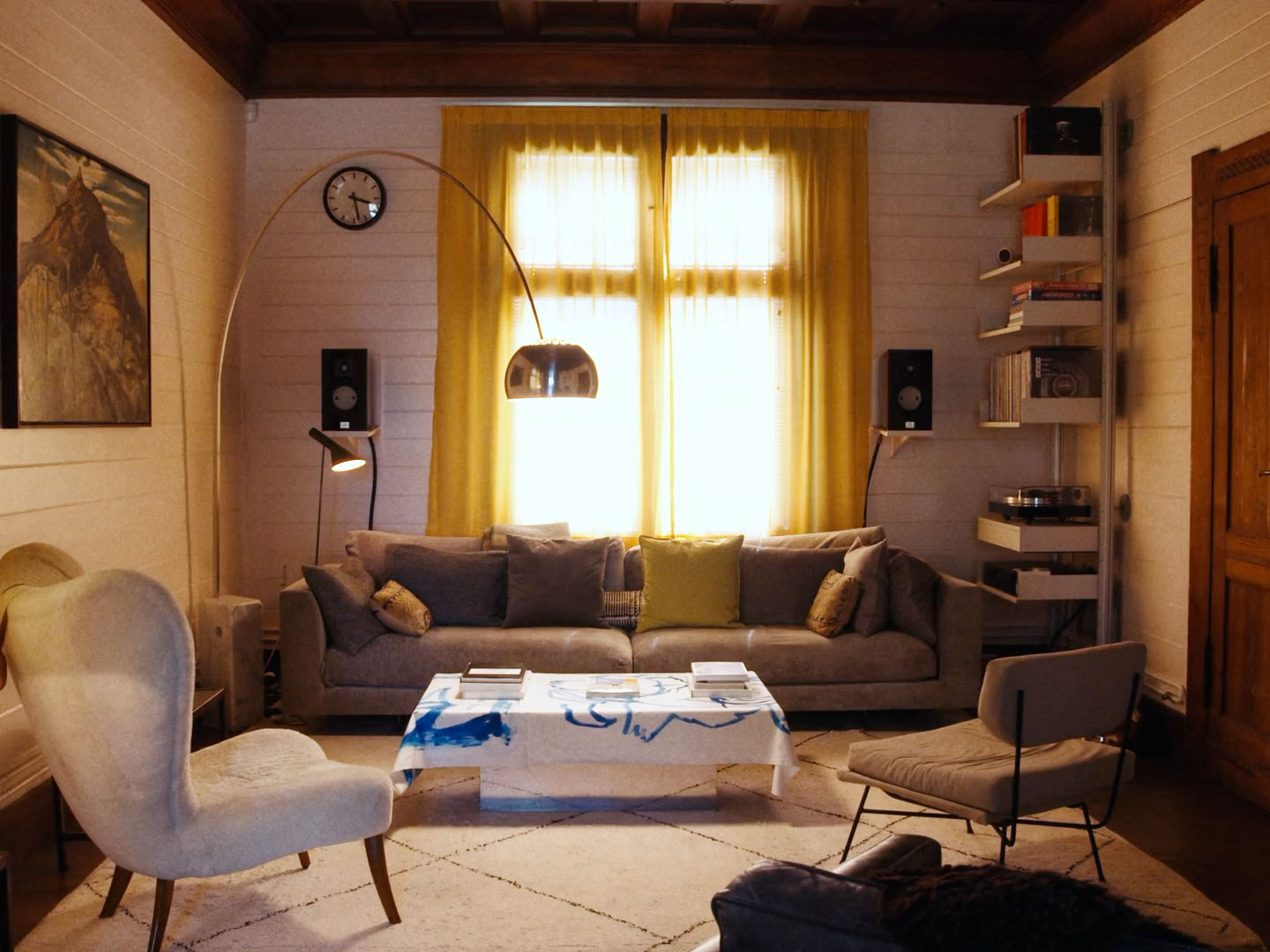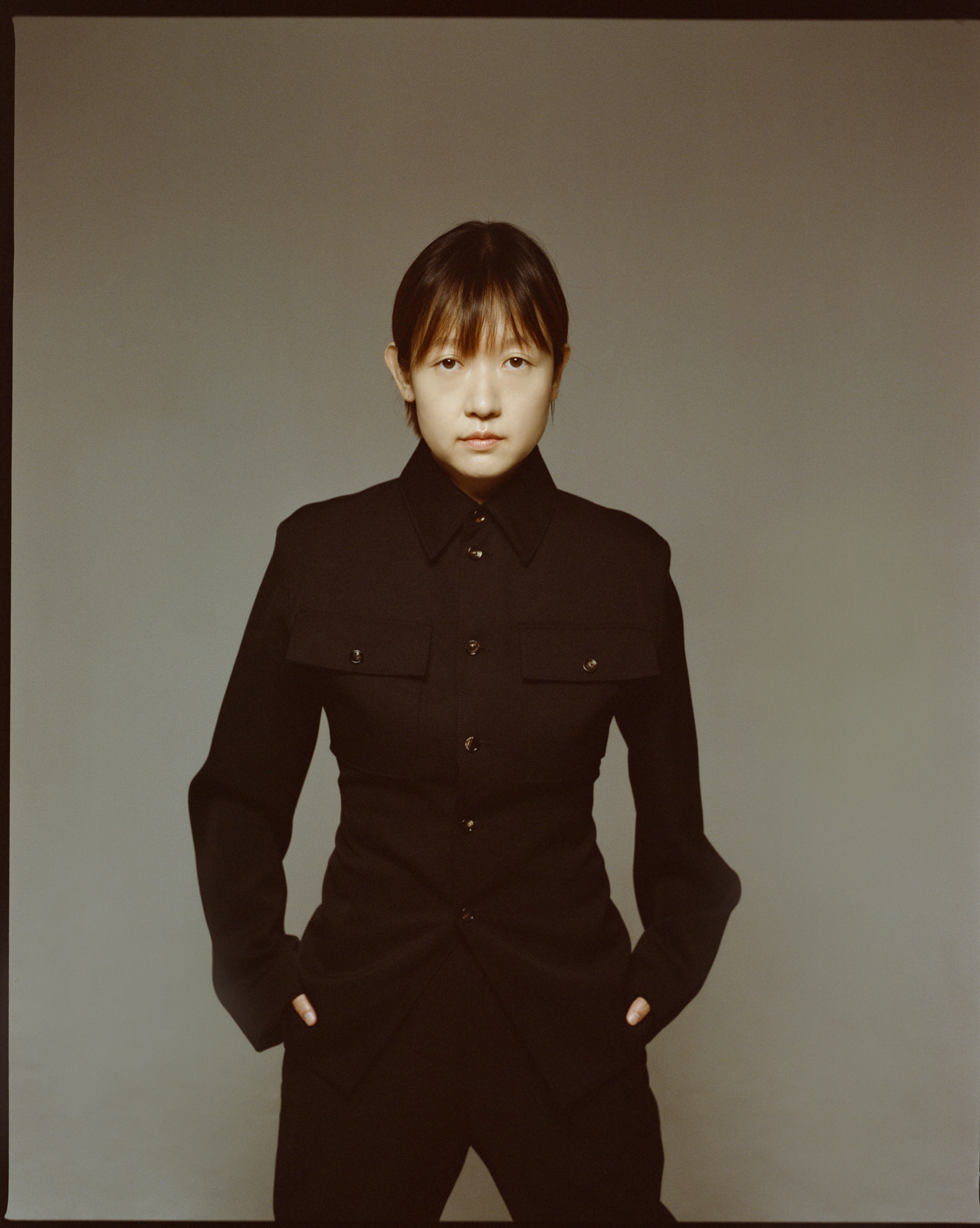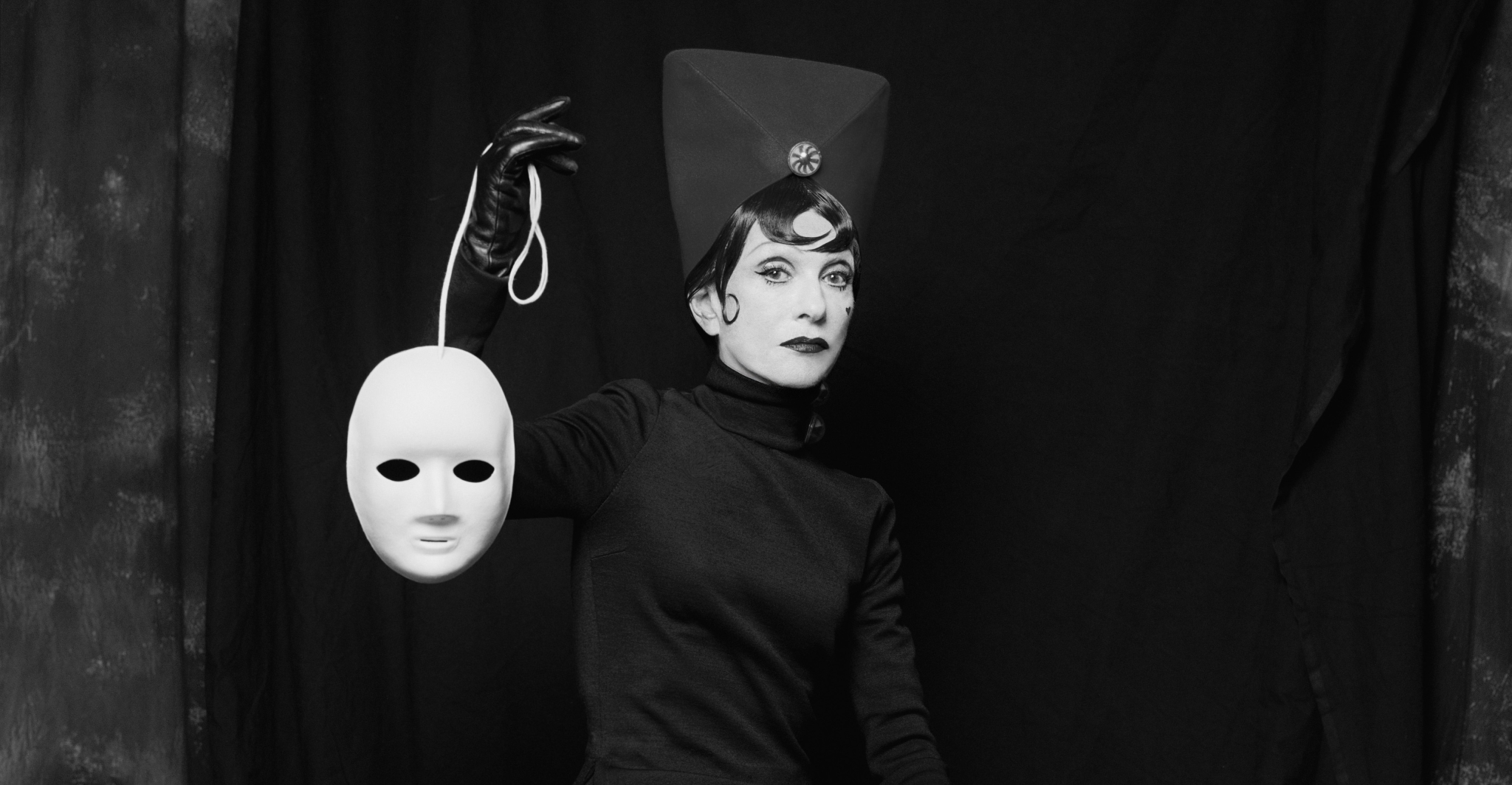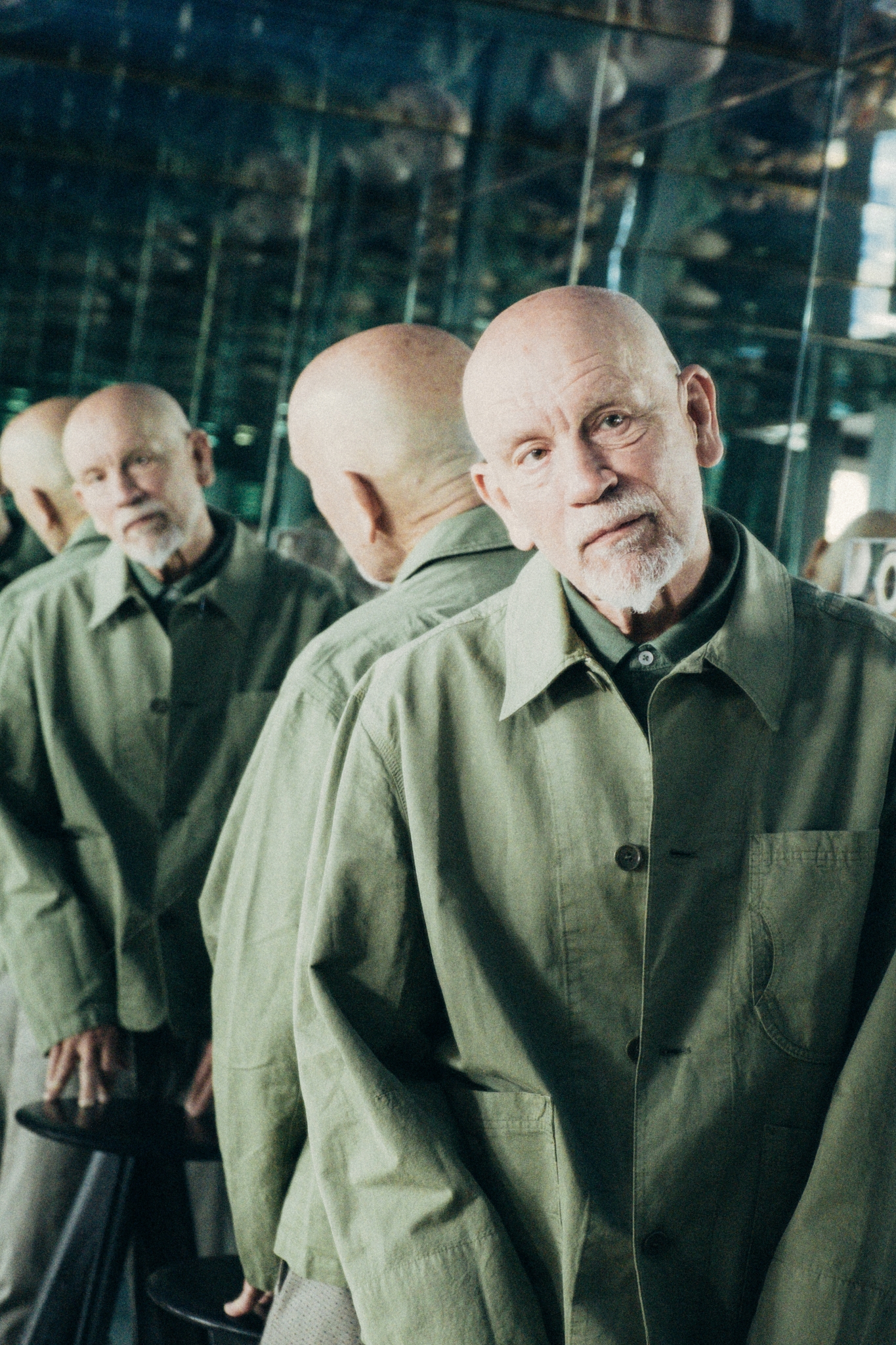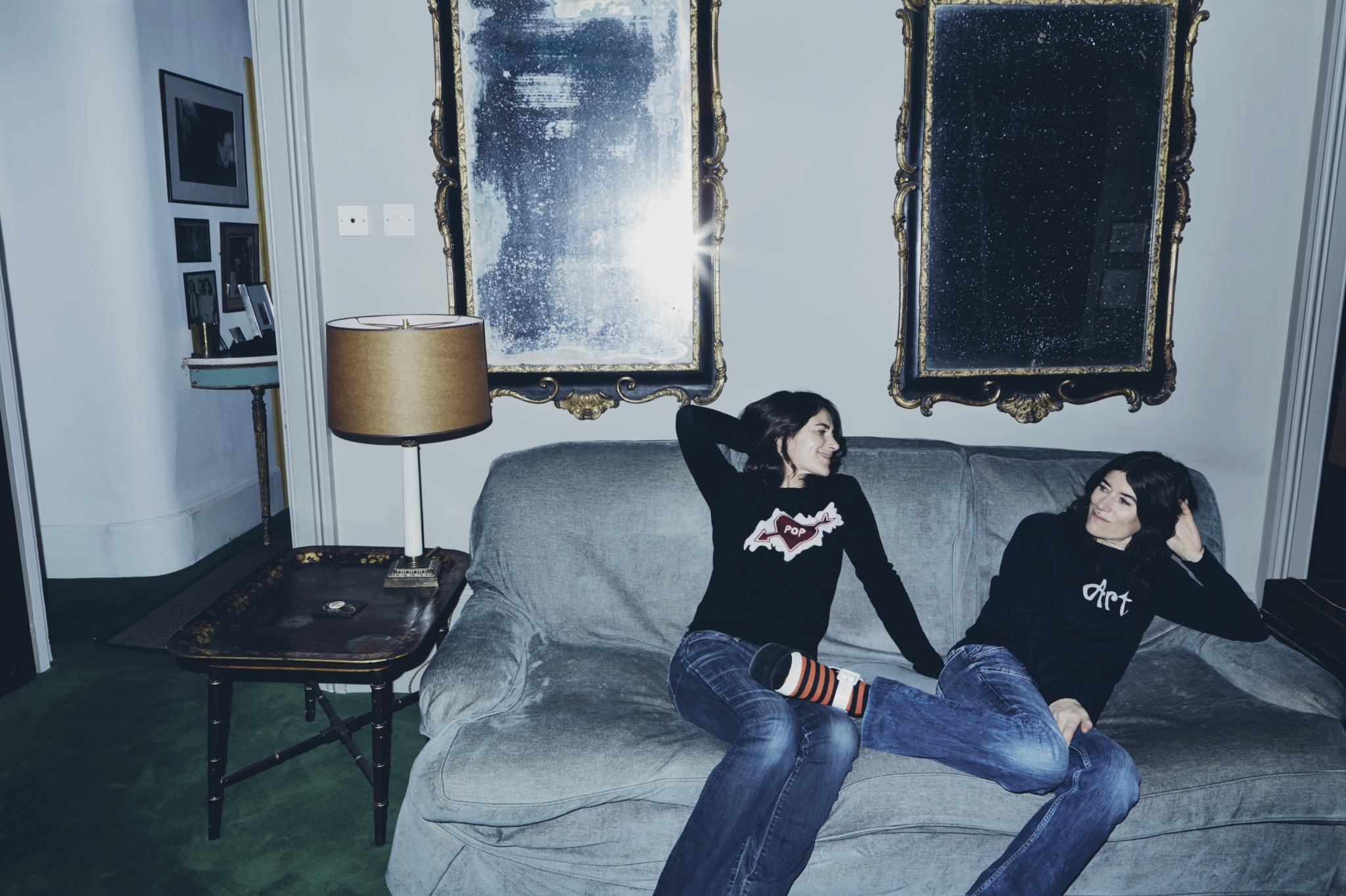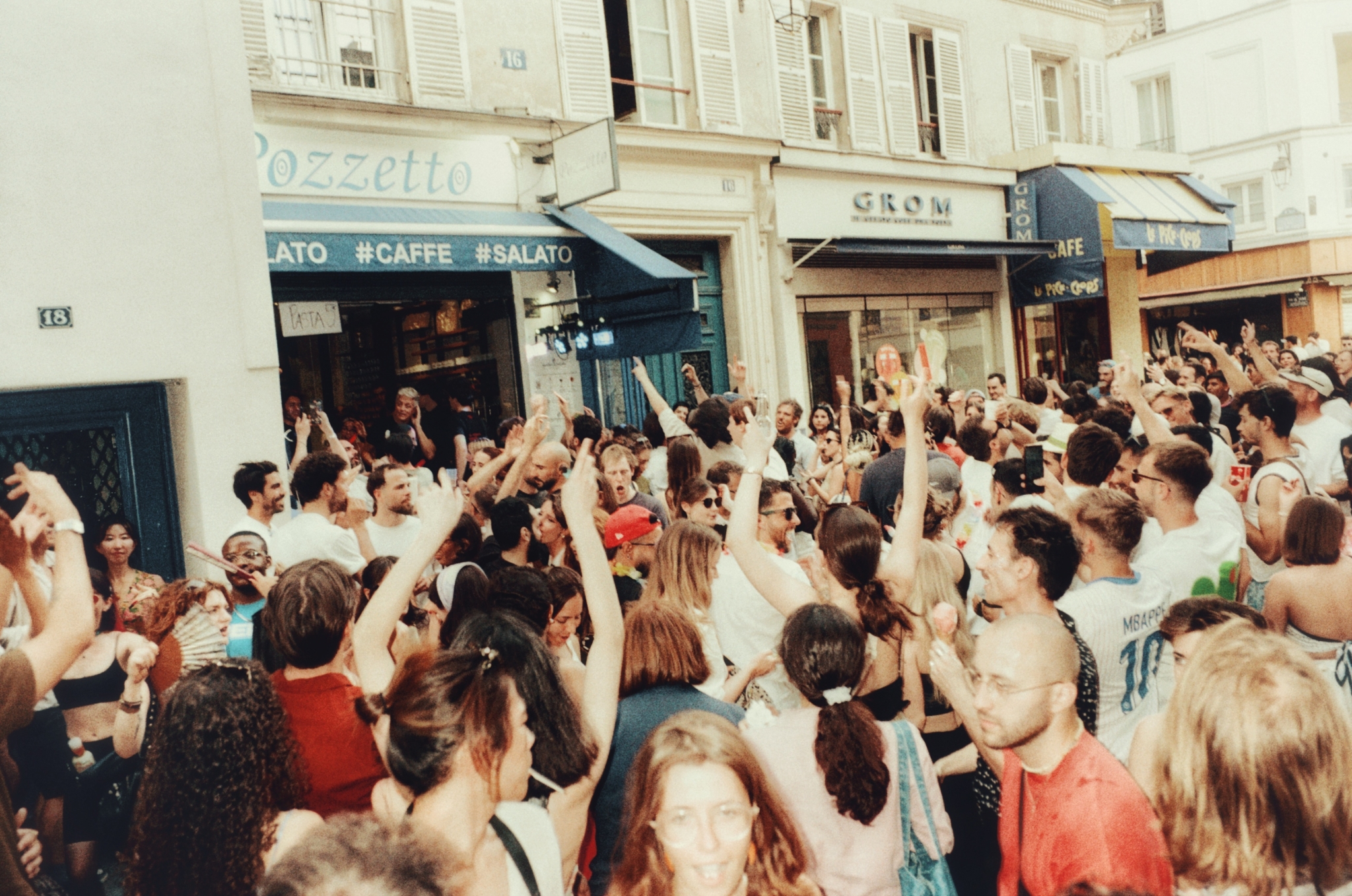

Taking place in Paris on the summer solstice, Fête de la musique, also known as World Music Day, is a carnivalesque celebration that sees people of all ages dancing late into the night. Photographer Miro Lovejoy Teplitsky captured it.
Miro Lovejoy Teplitzky knew absolutely nothing about Fête de la Musique before photographing the French festival. “I was quite surprised by it,” he laughs. “I was planning to go to Paris for work meetings and discovered it there.” Originally founded as part of summer solstice celebrations in 1982, the photographer thought it had a resonance with the state of the world today. “It was nice to photograph people connecting. It all felt very human,” he continues.
Fête de la Musique, known around the world as ‘world music day’, celebrates the summer solstice with songs, DJs and dance. In Scandinavia, they light bonfires late into the night; The Greeks jump over fires, and in Eastern Europe it is seen as a time for romance. However in Paris, it’s become known as a sort of all-out carnival and Teplitzky joins the streets of celebrators playing music late into the night.
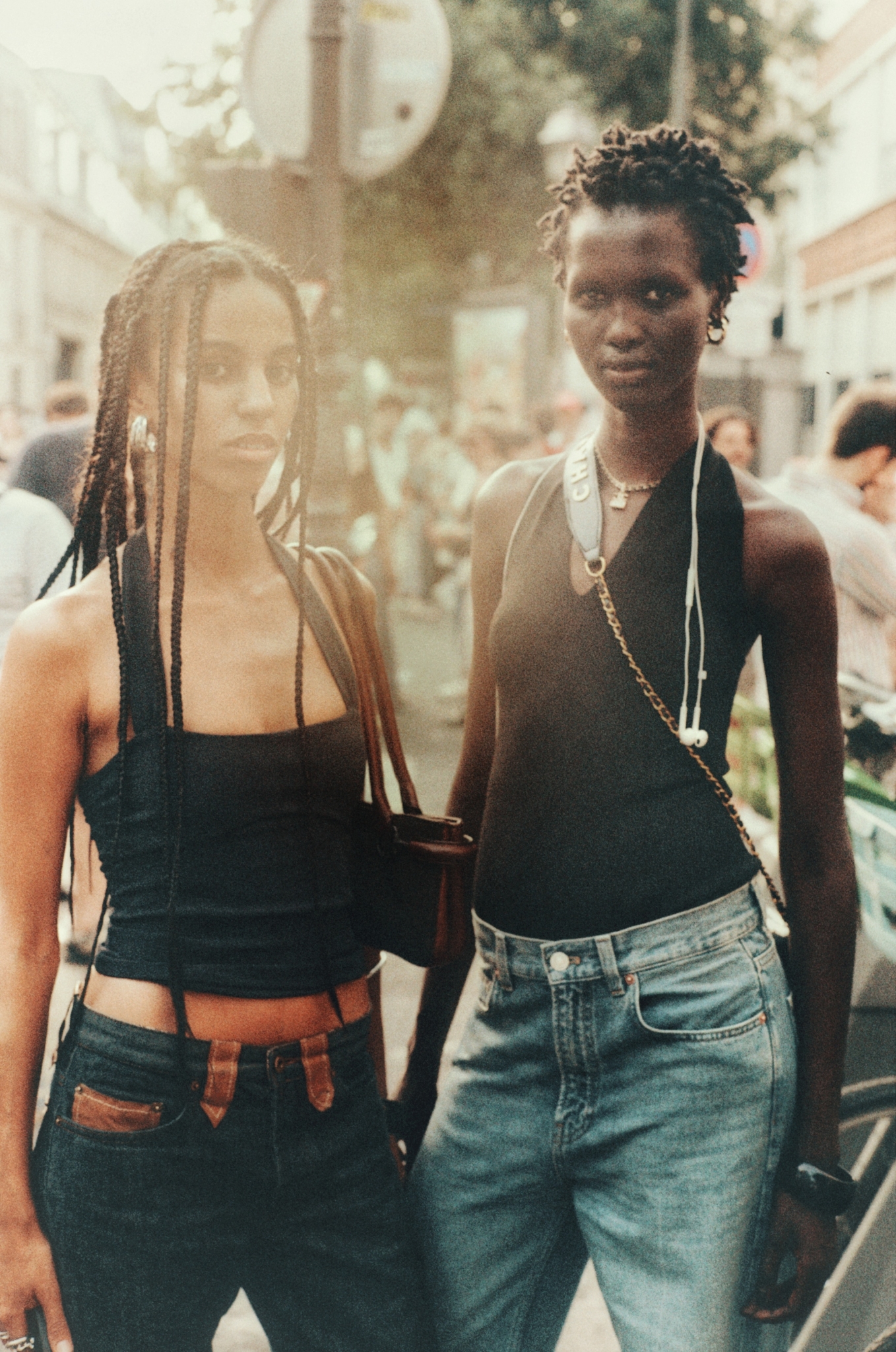
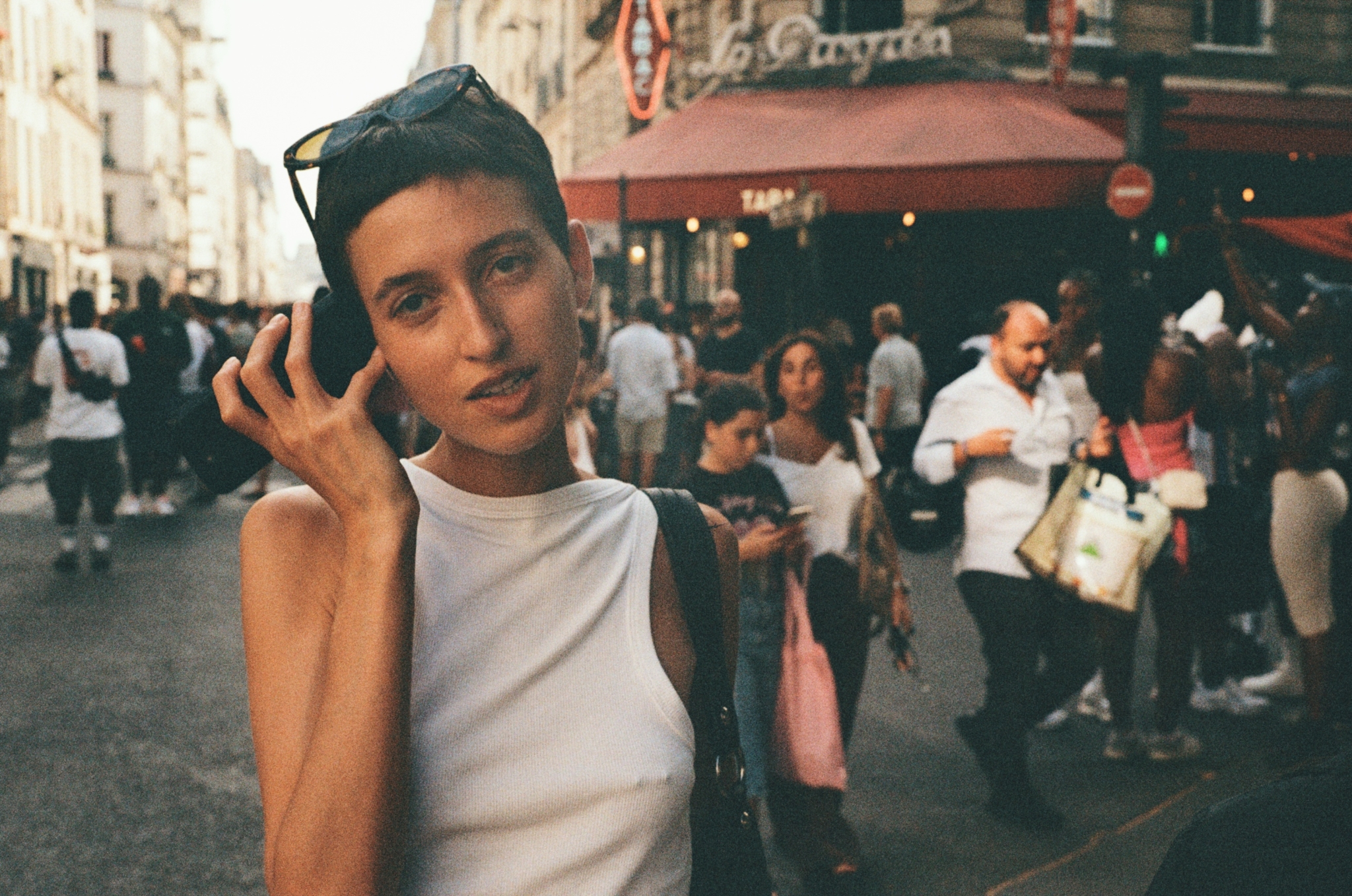
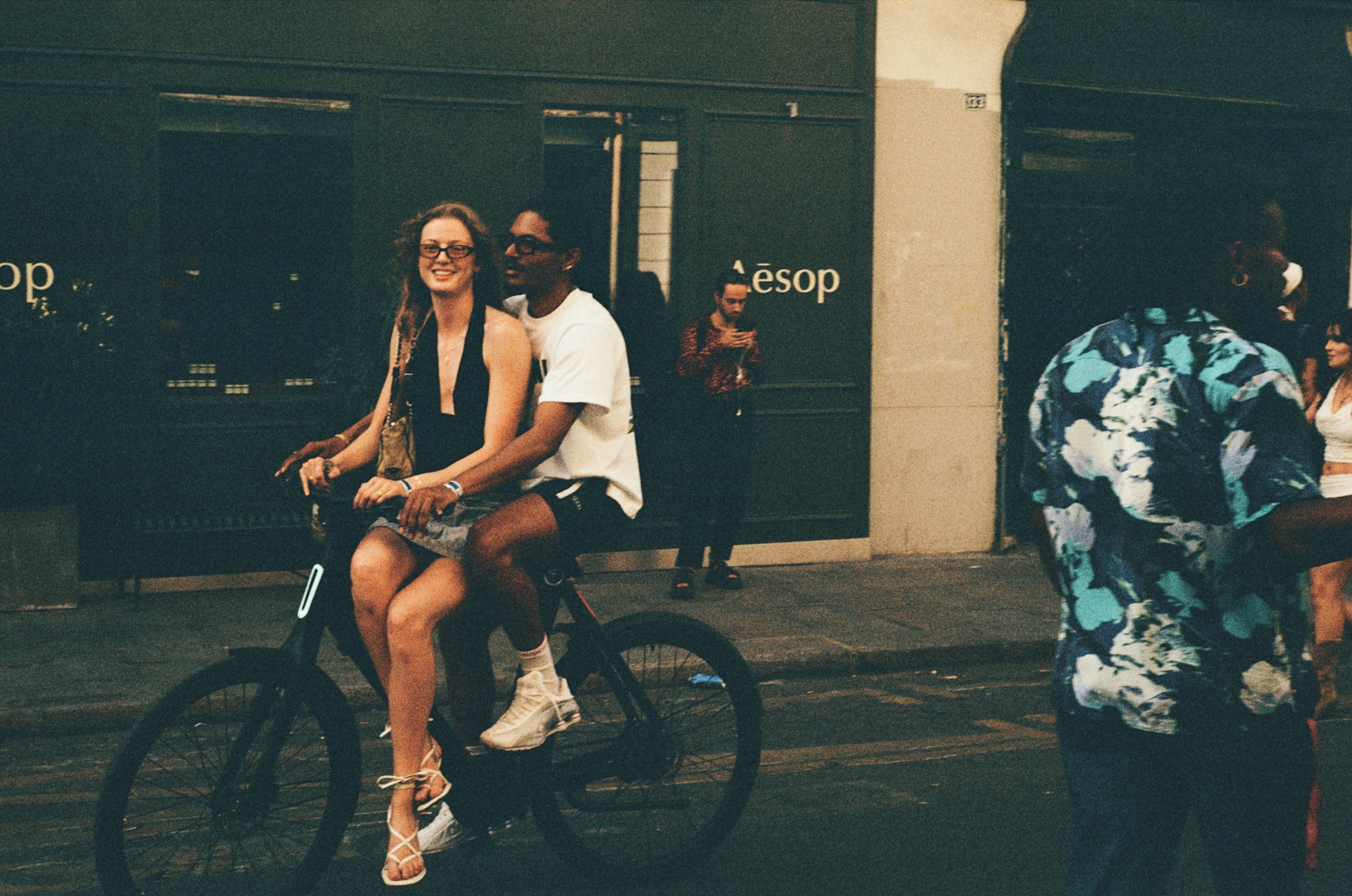
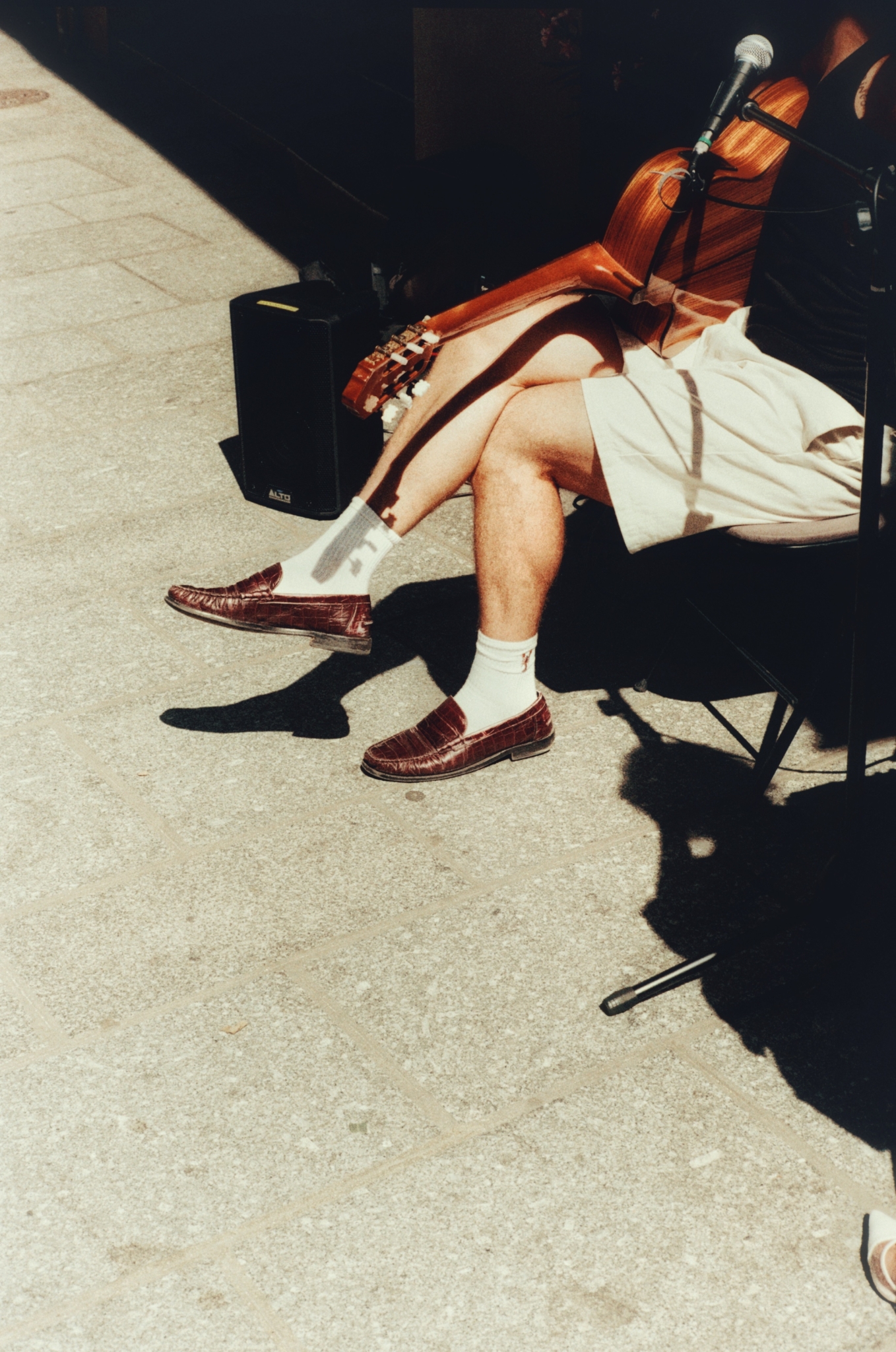
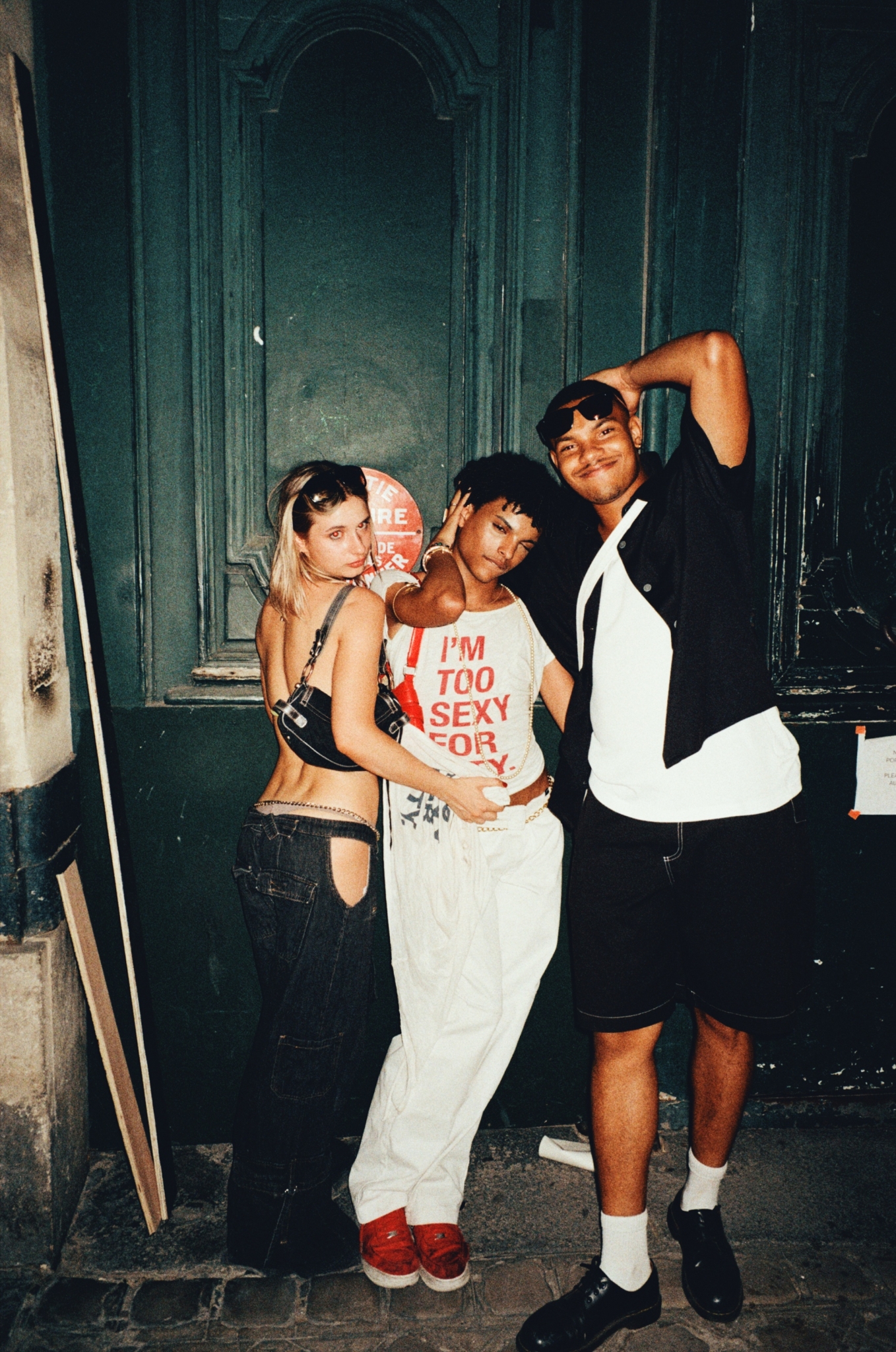
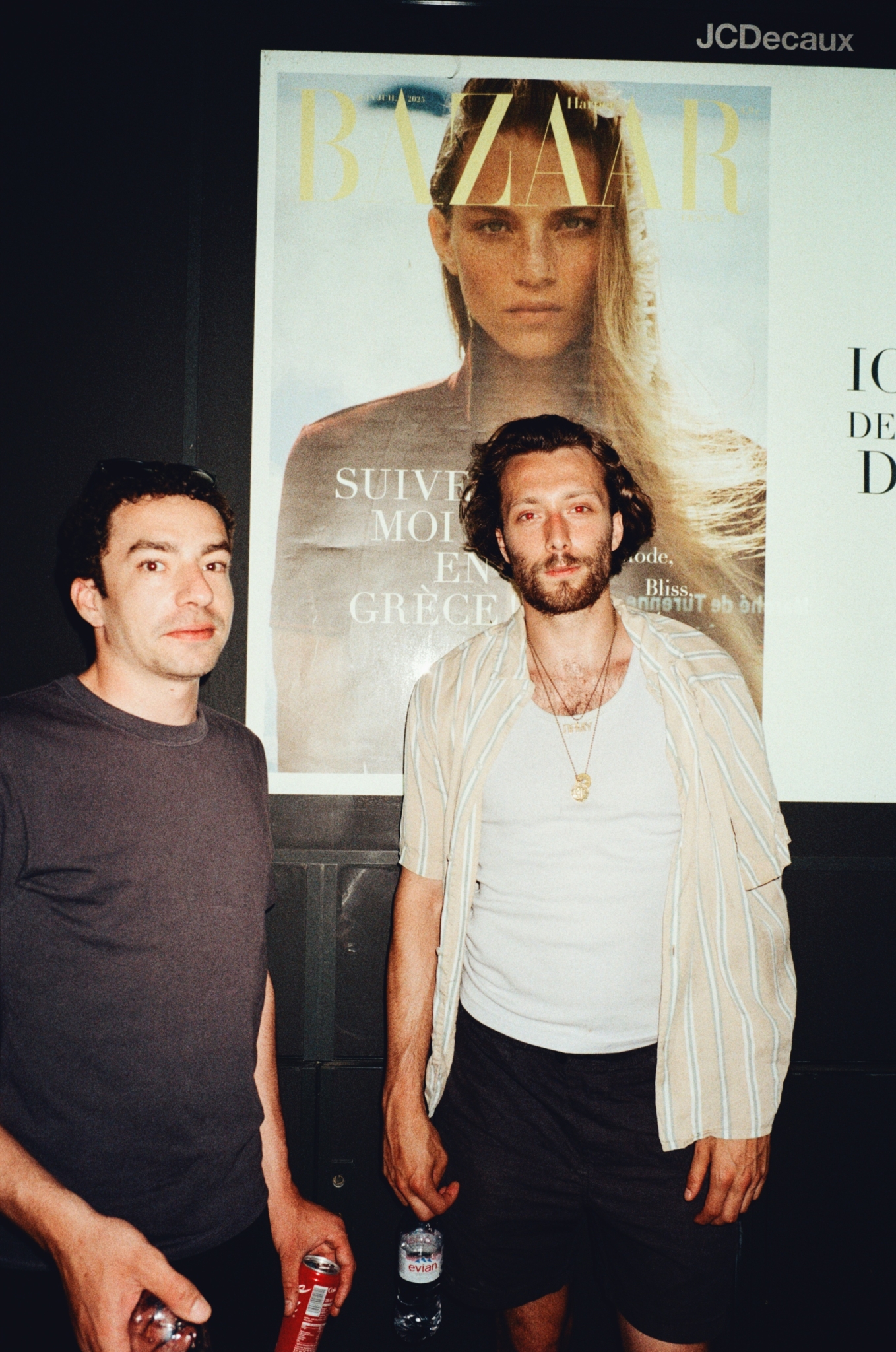
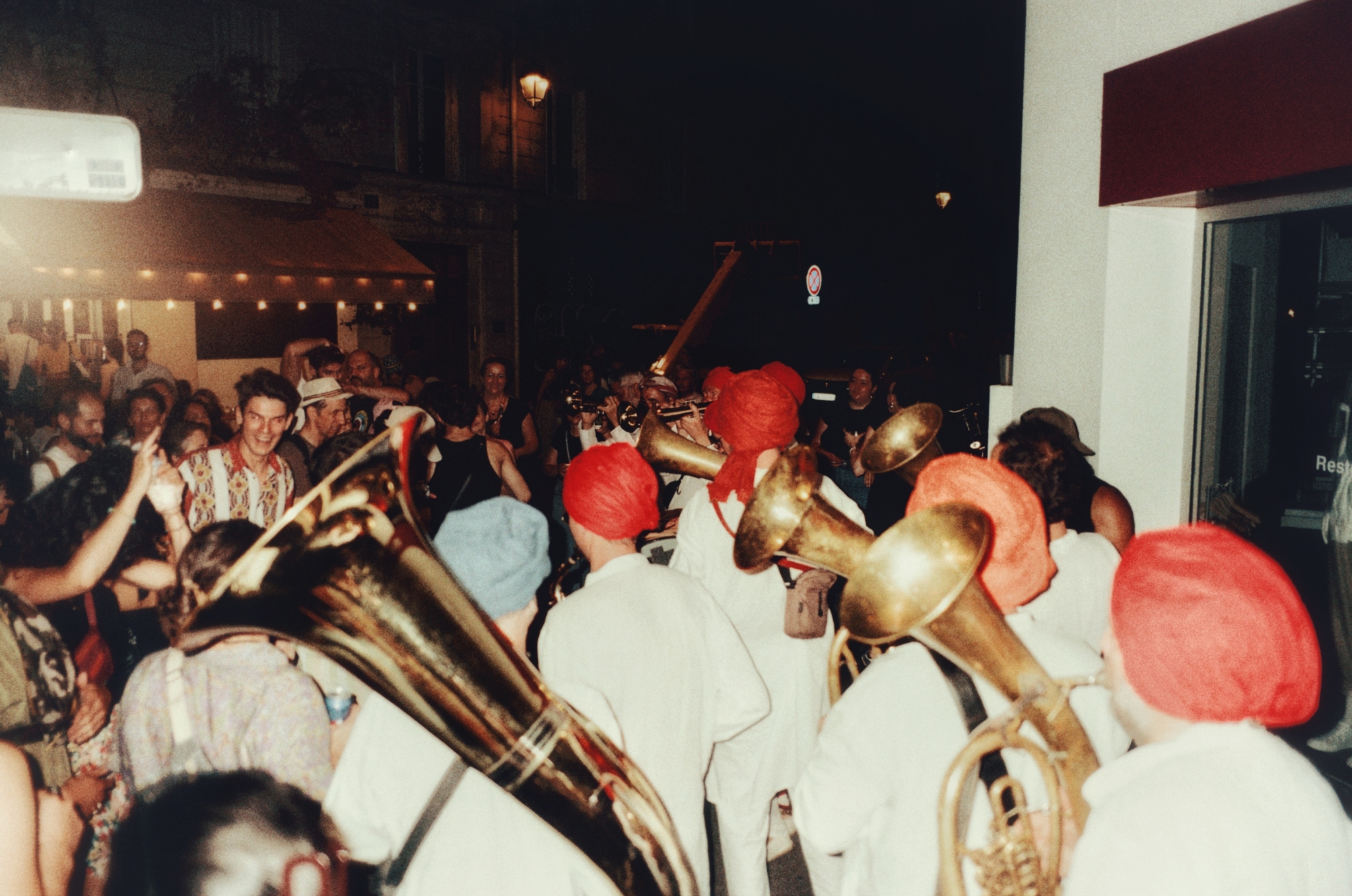
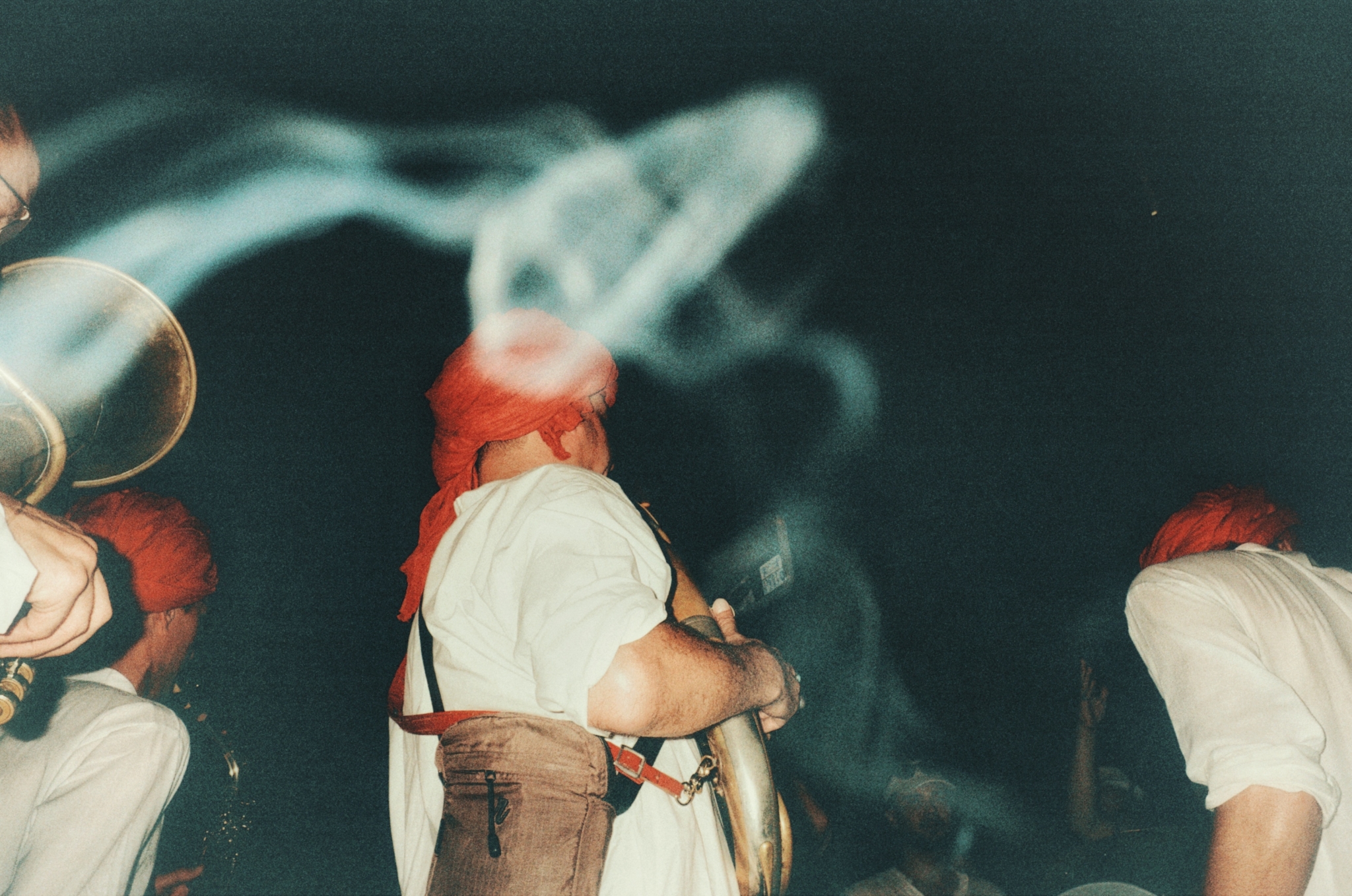
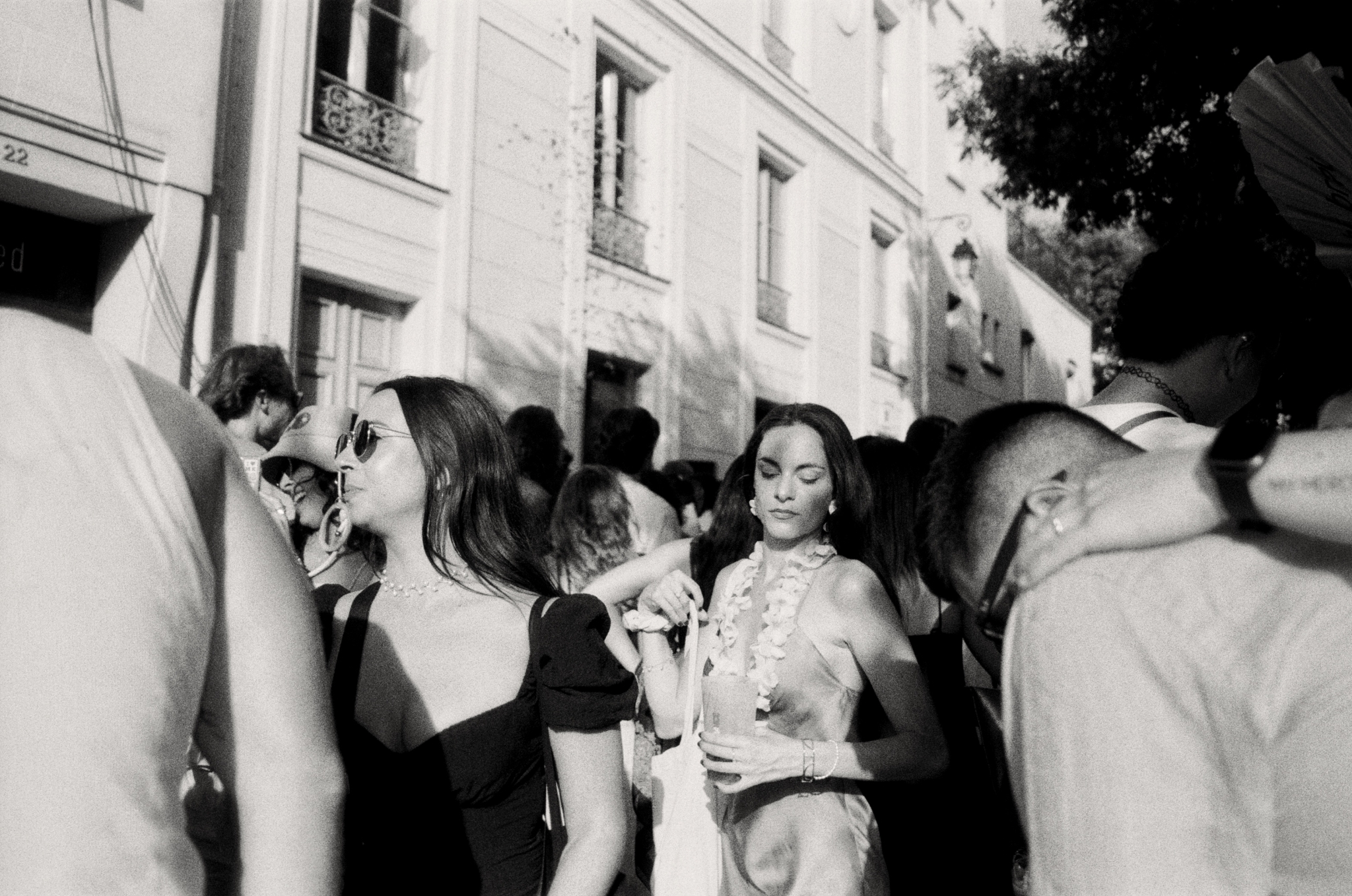
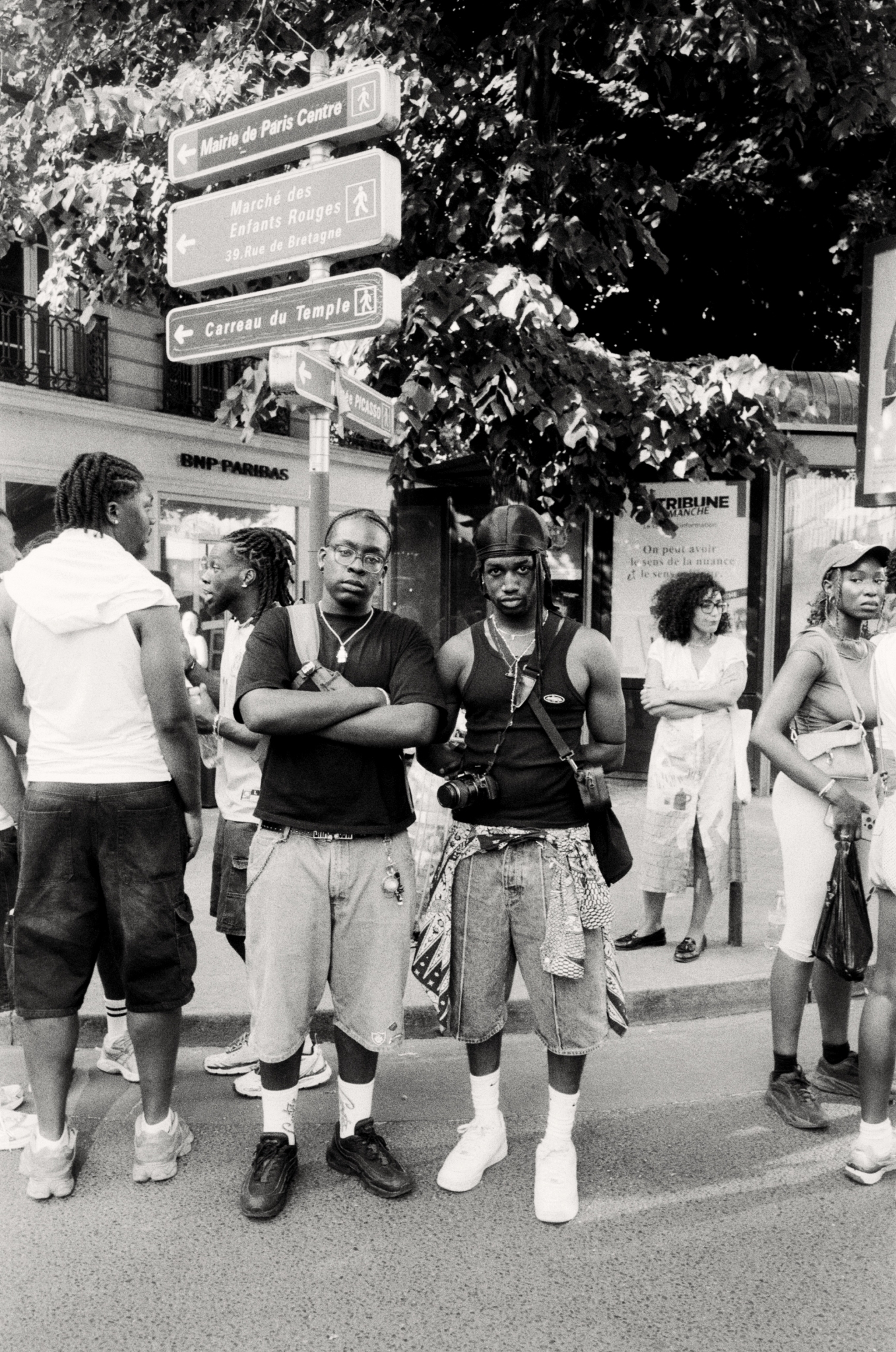
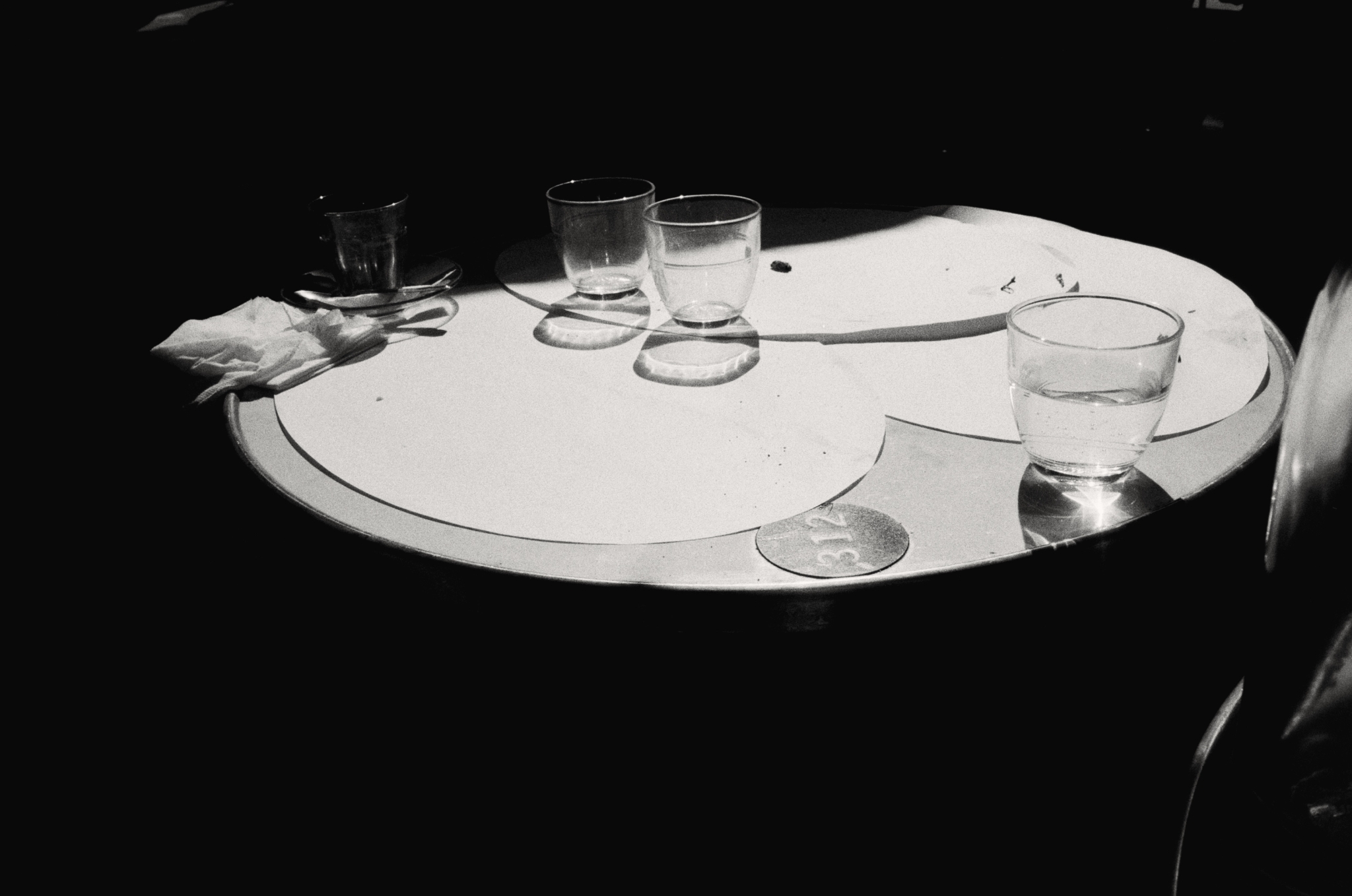
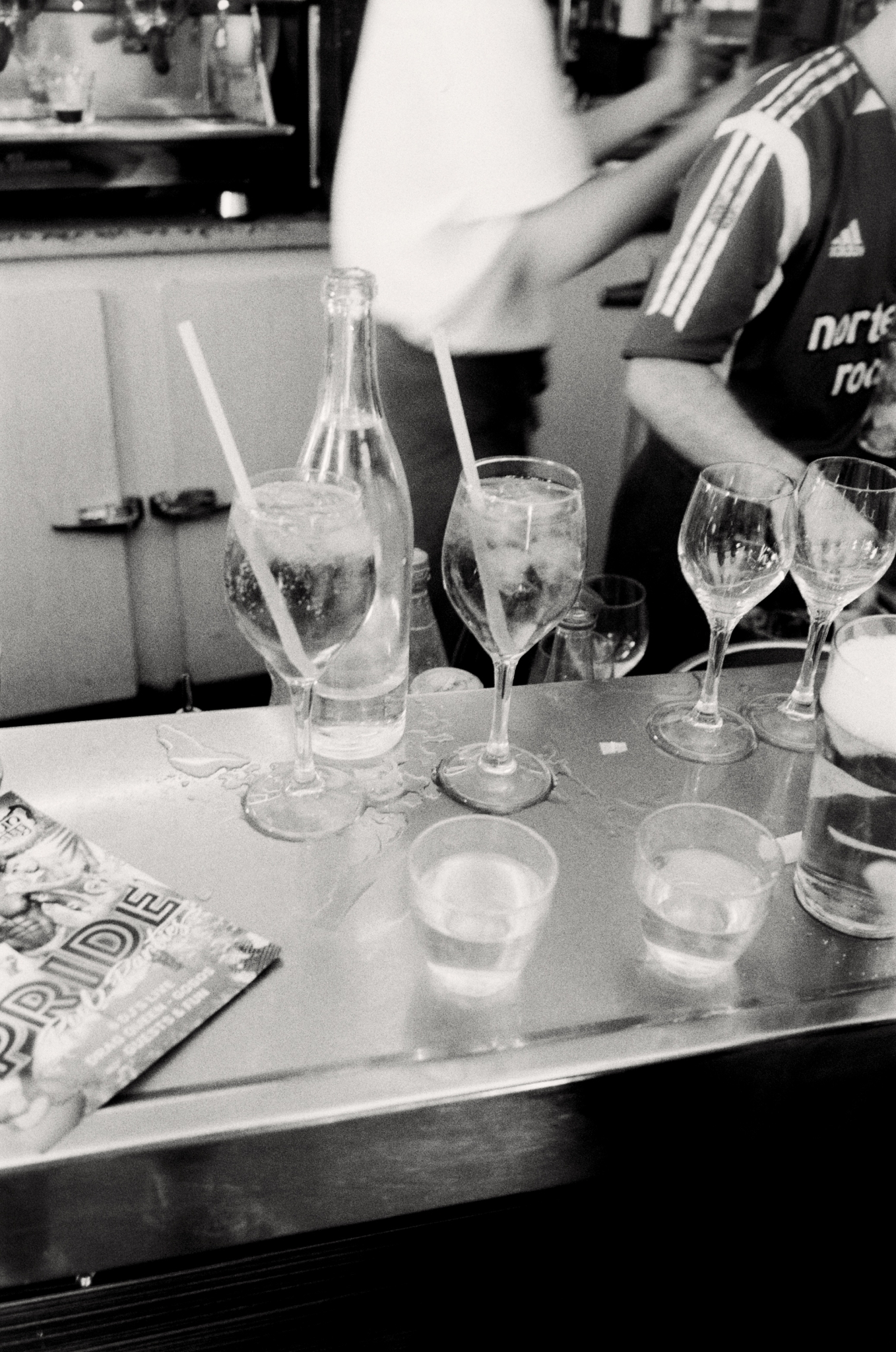

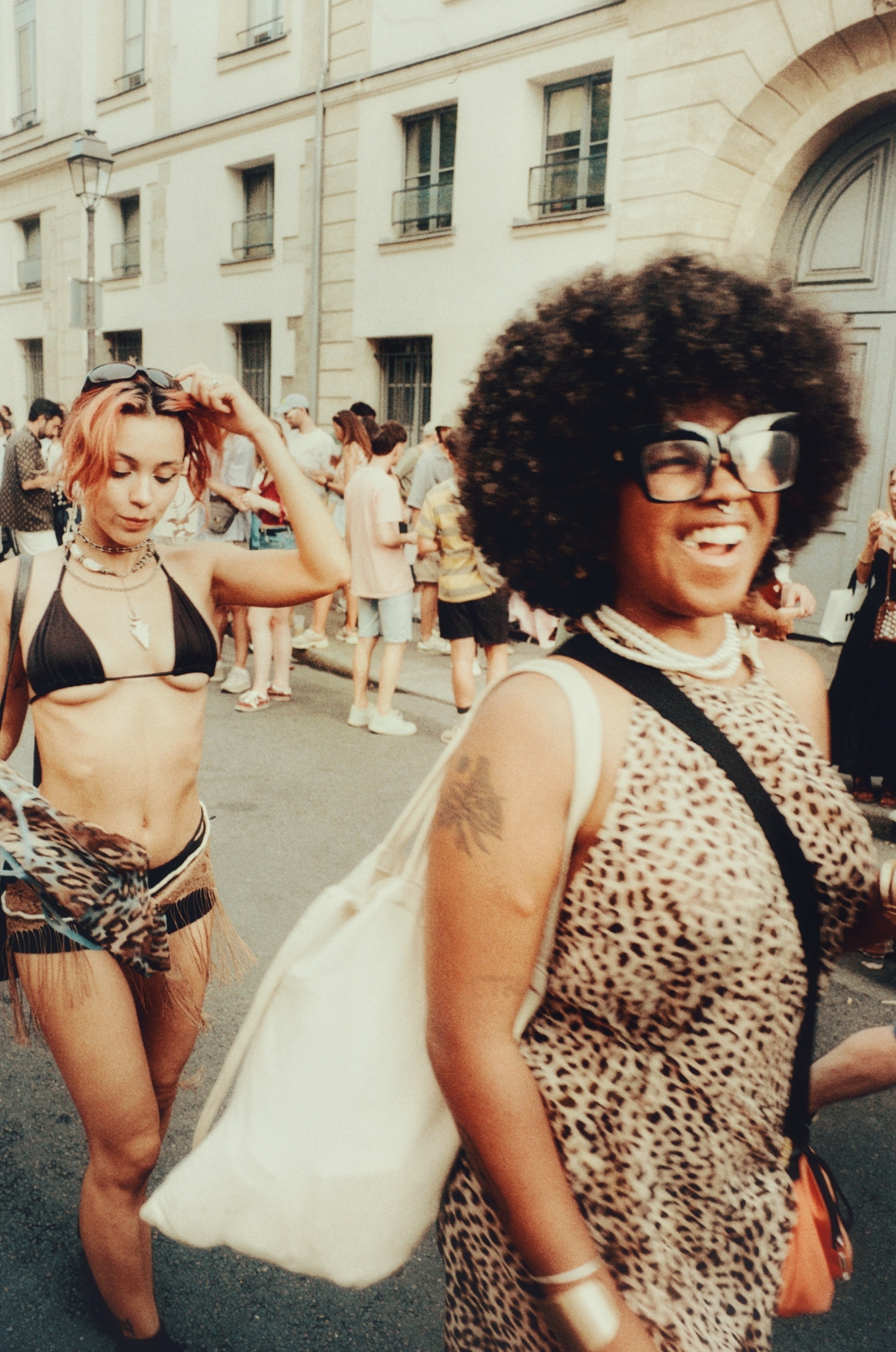
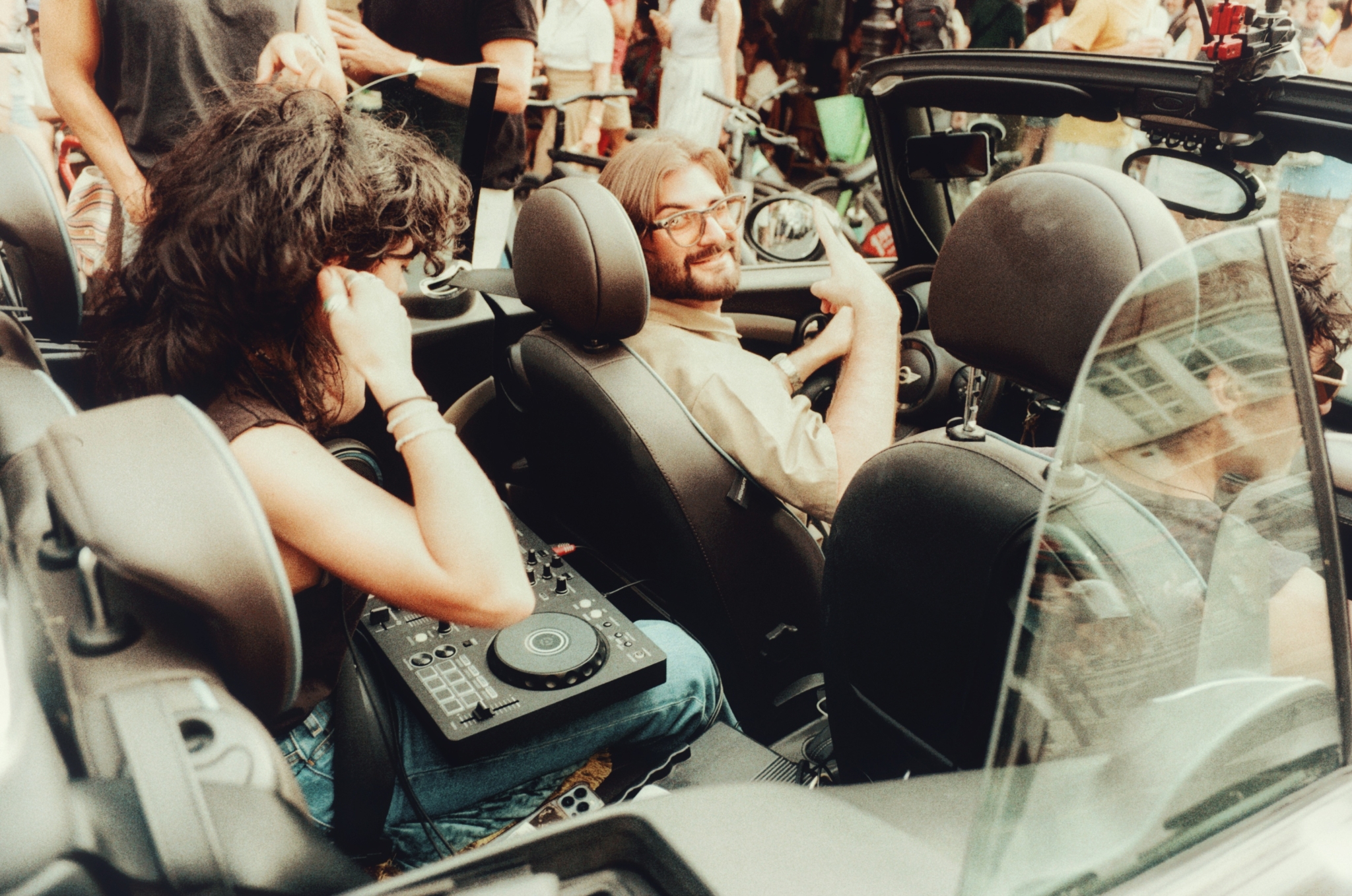
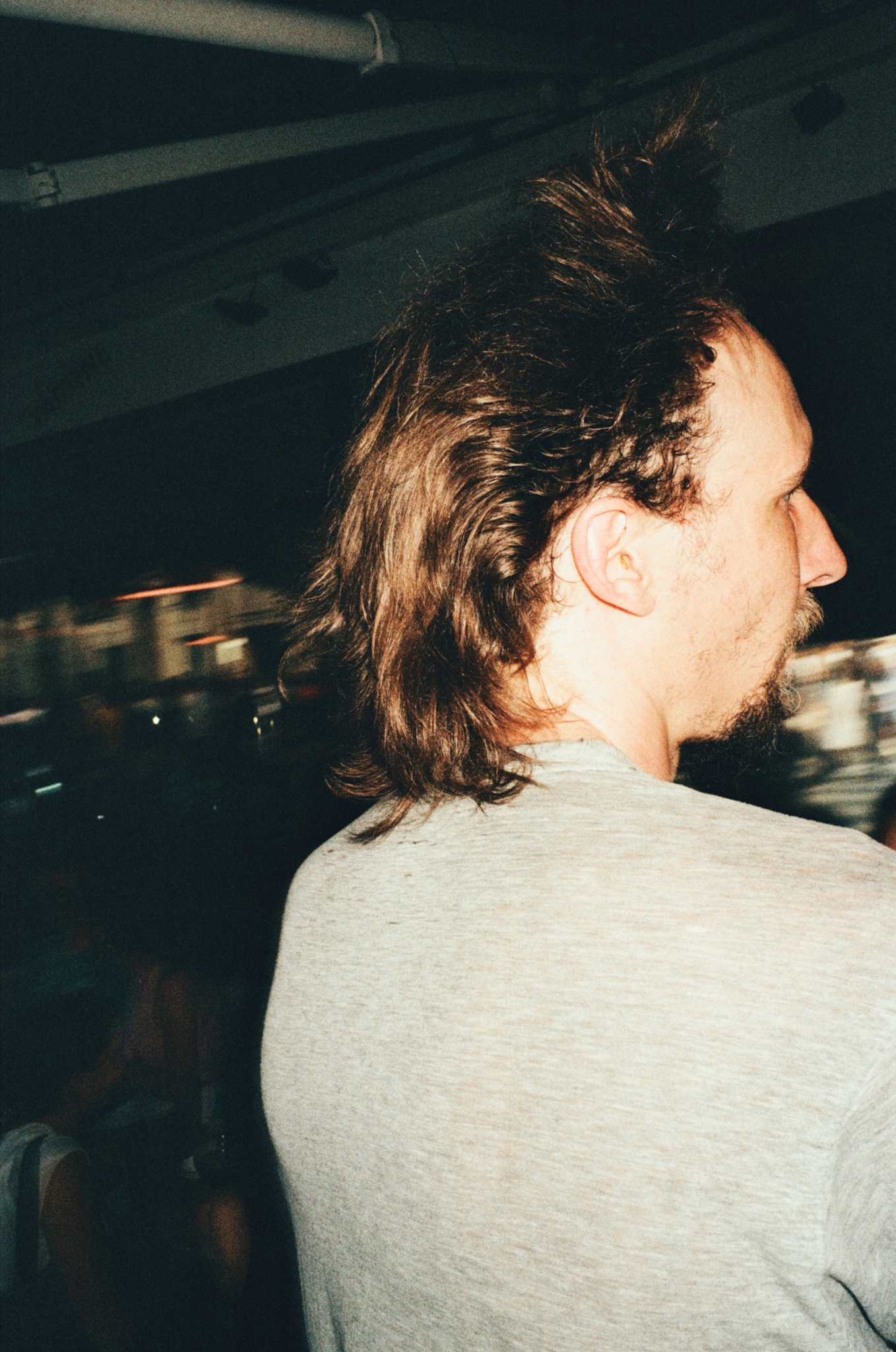
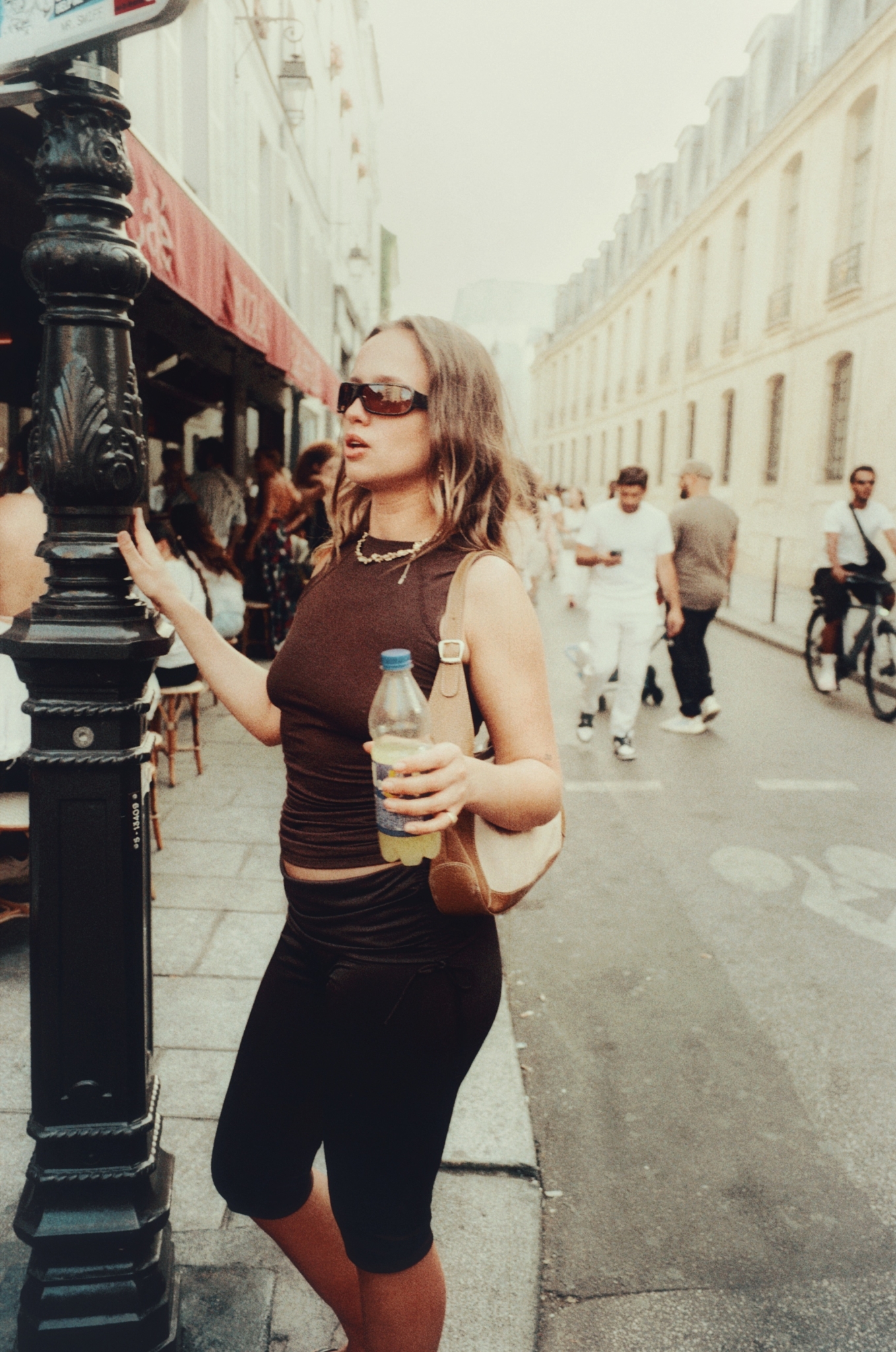
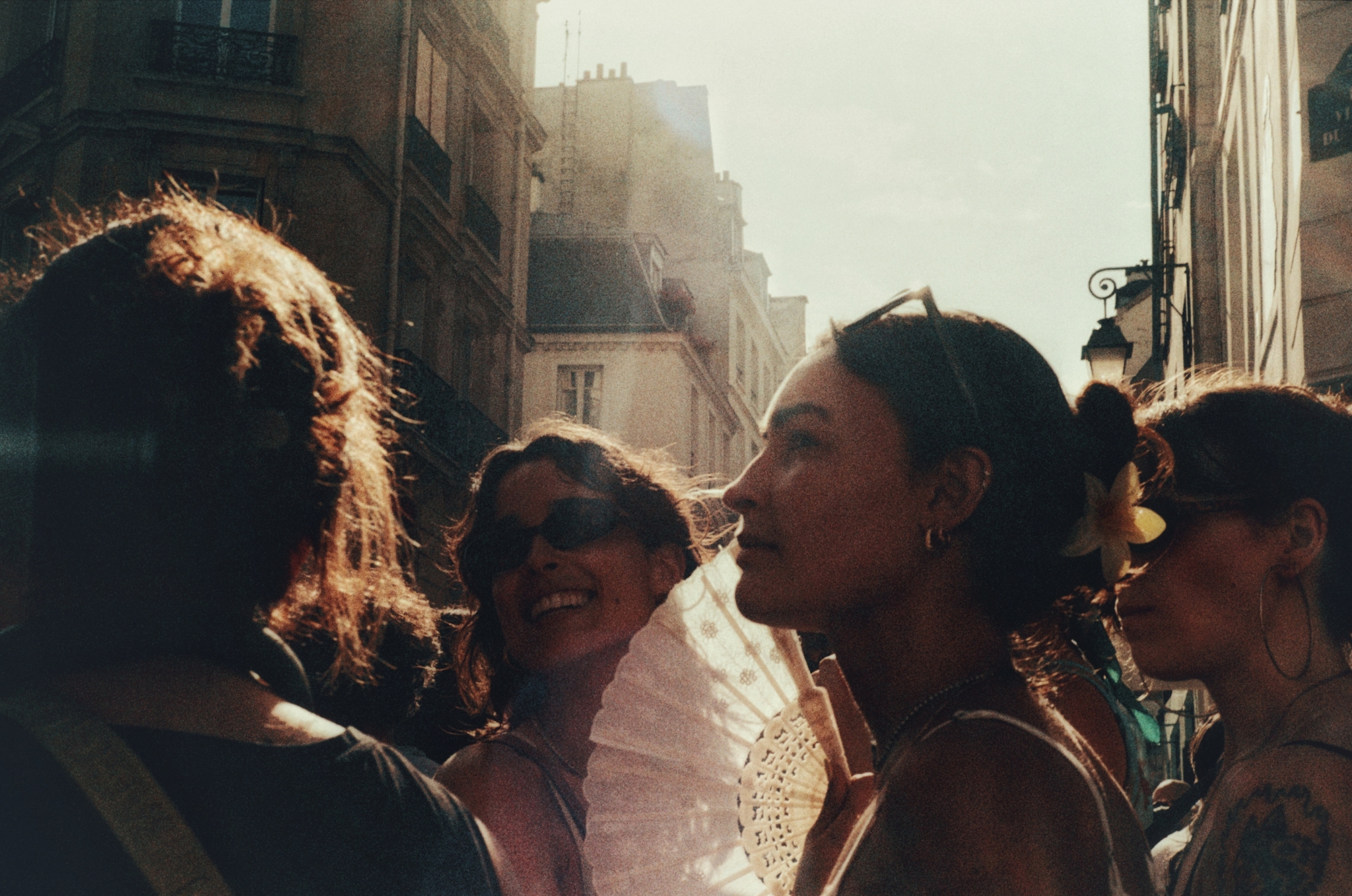
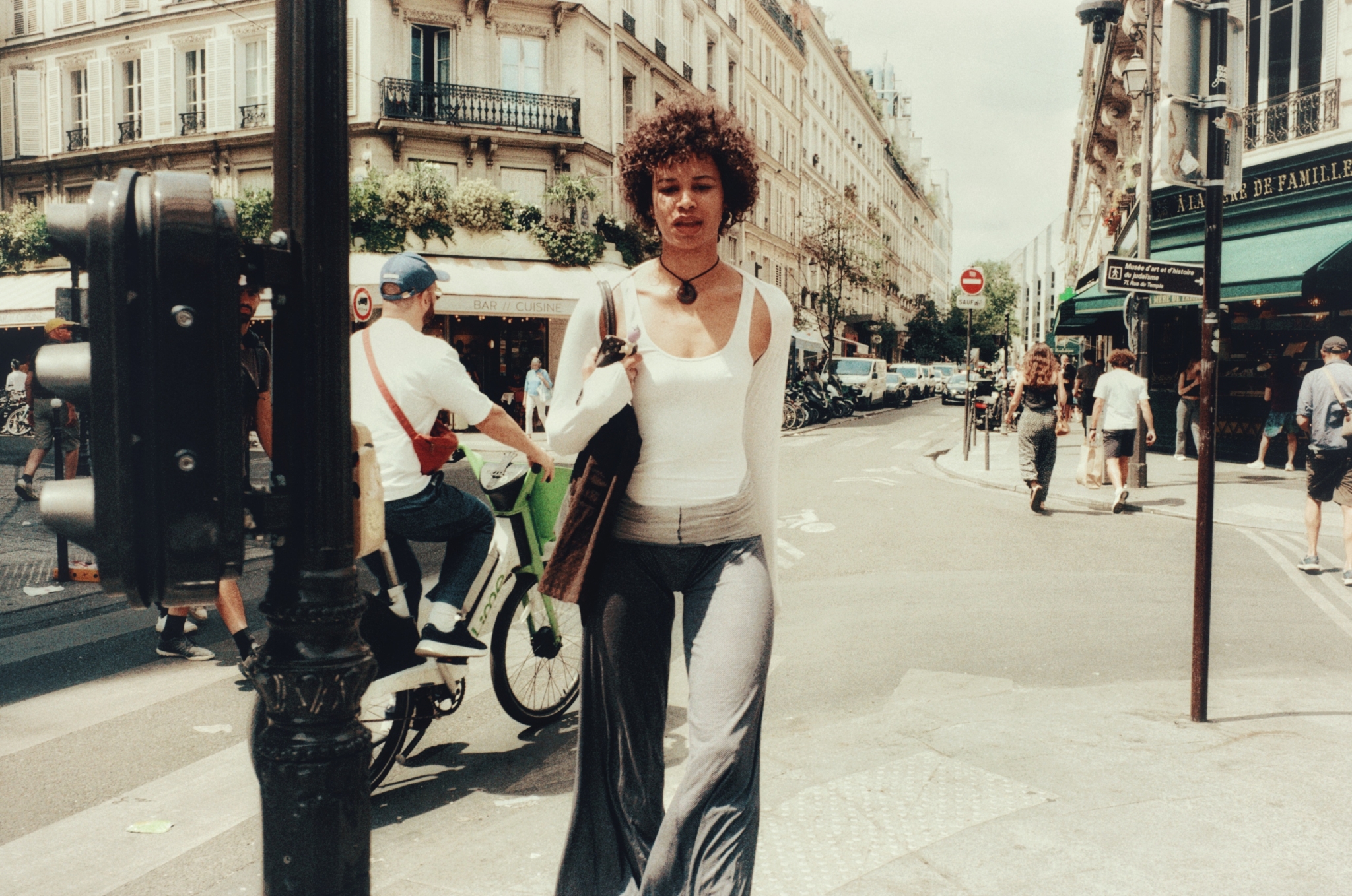
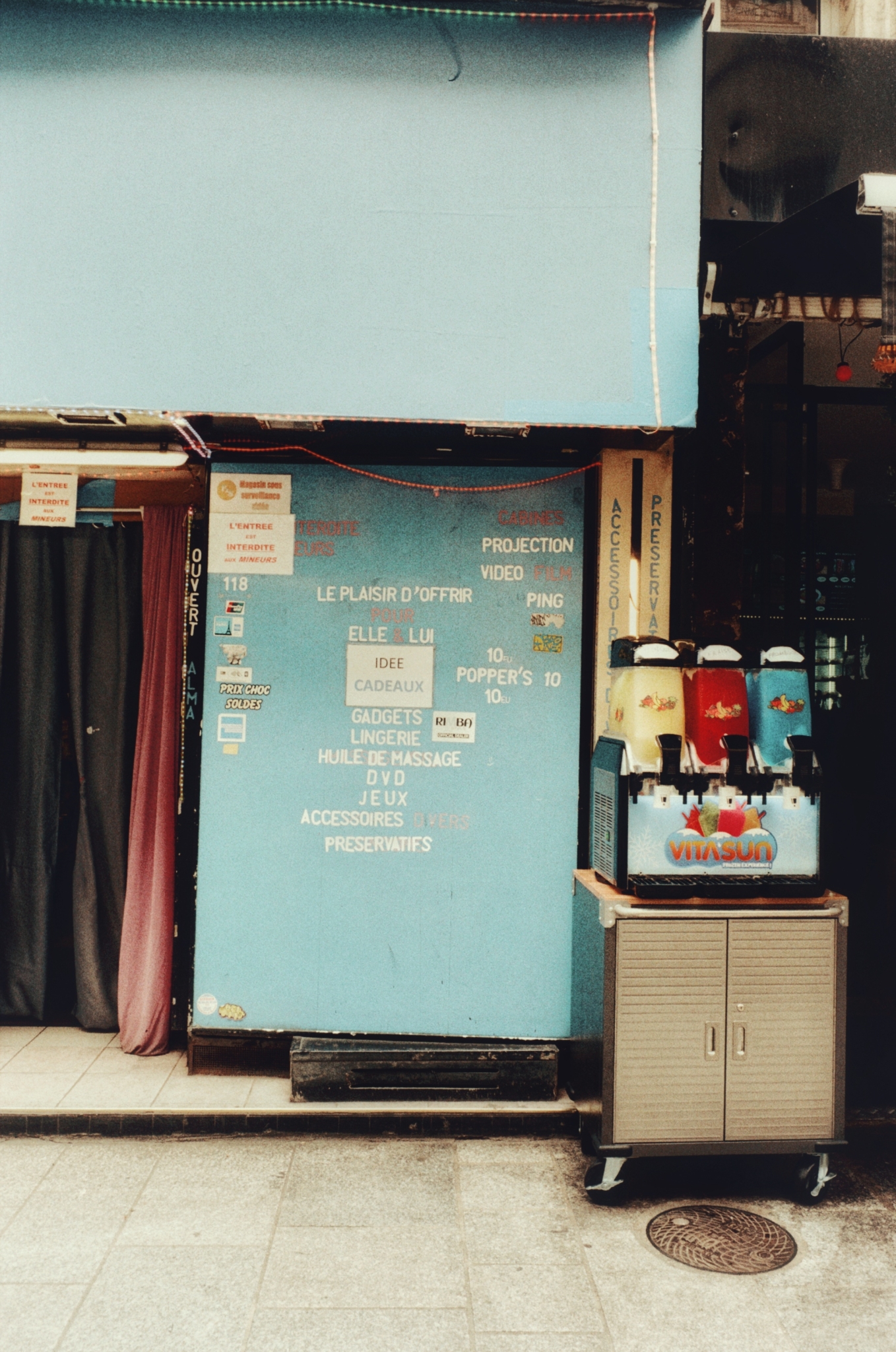
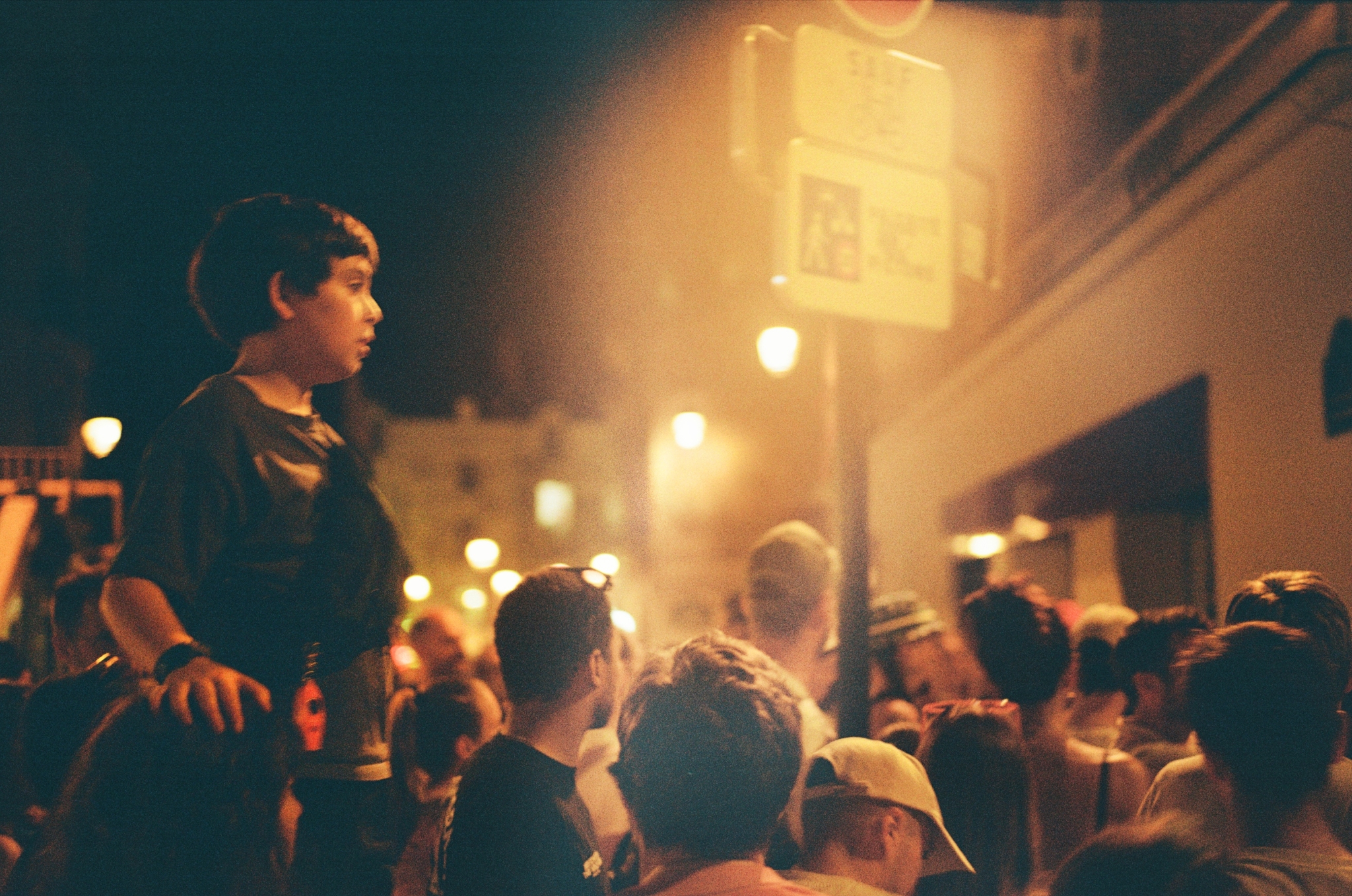
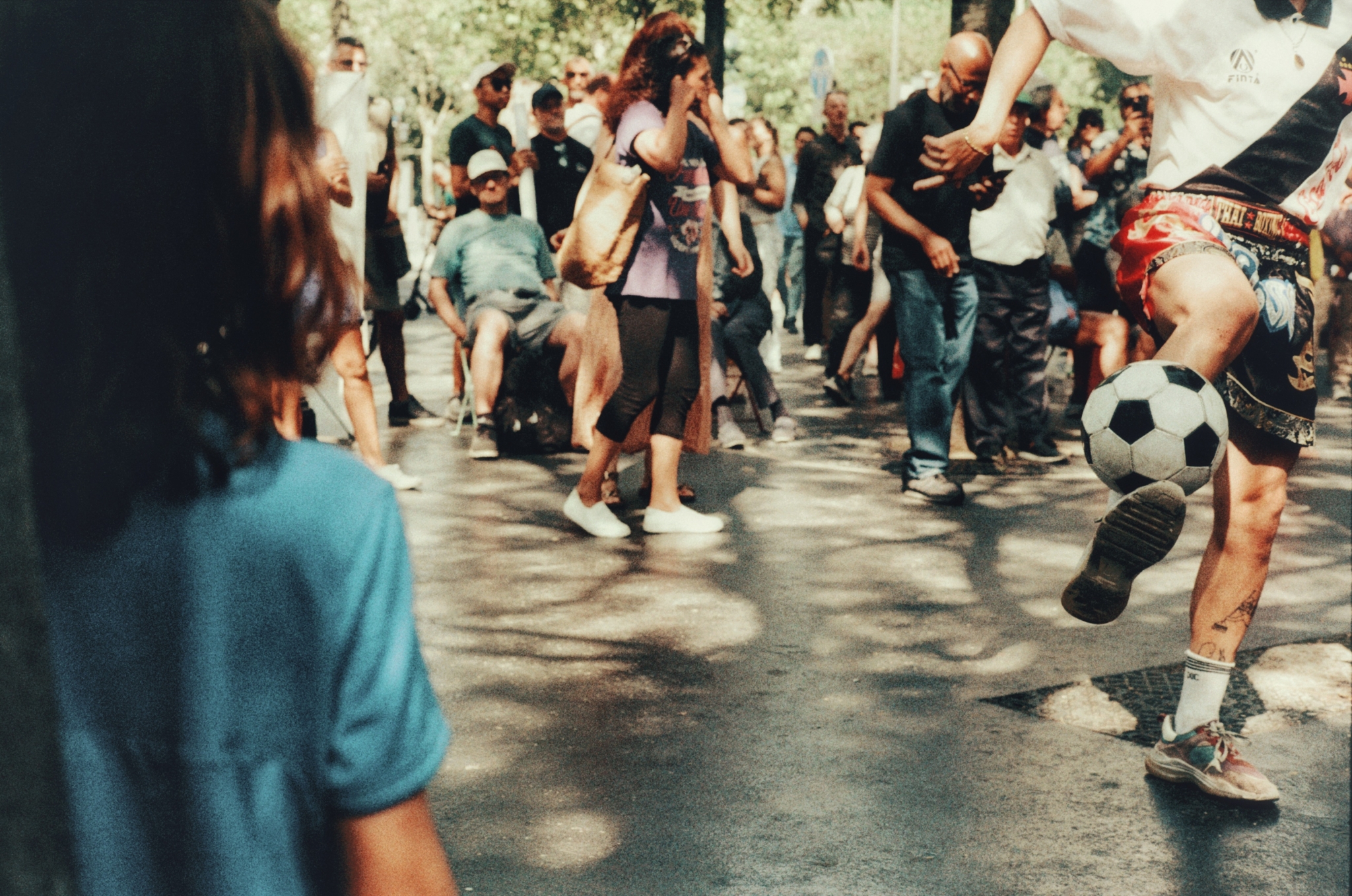
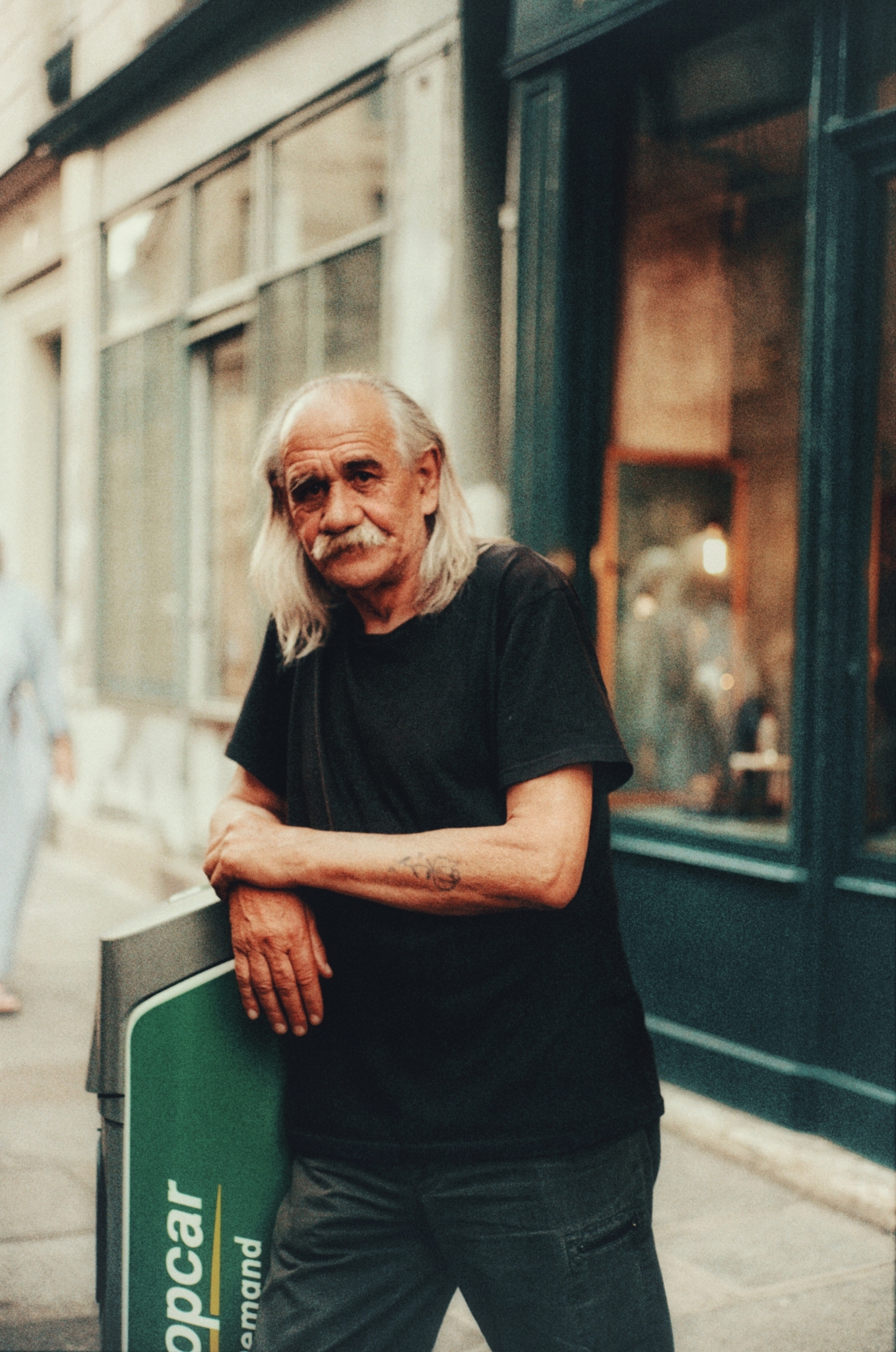
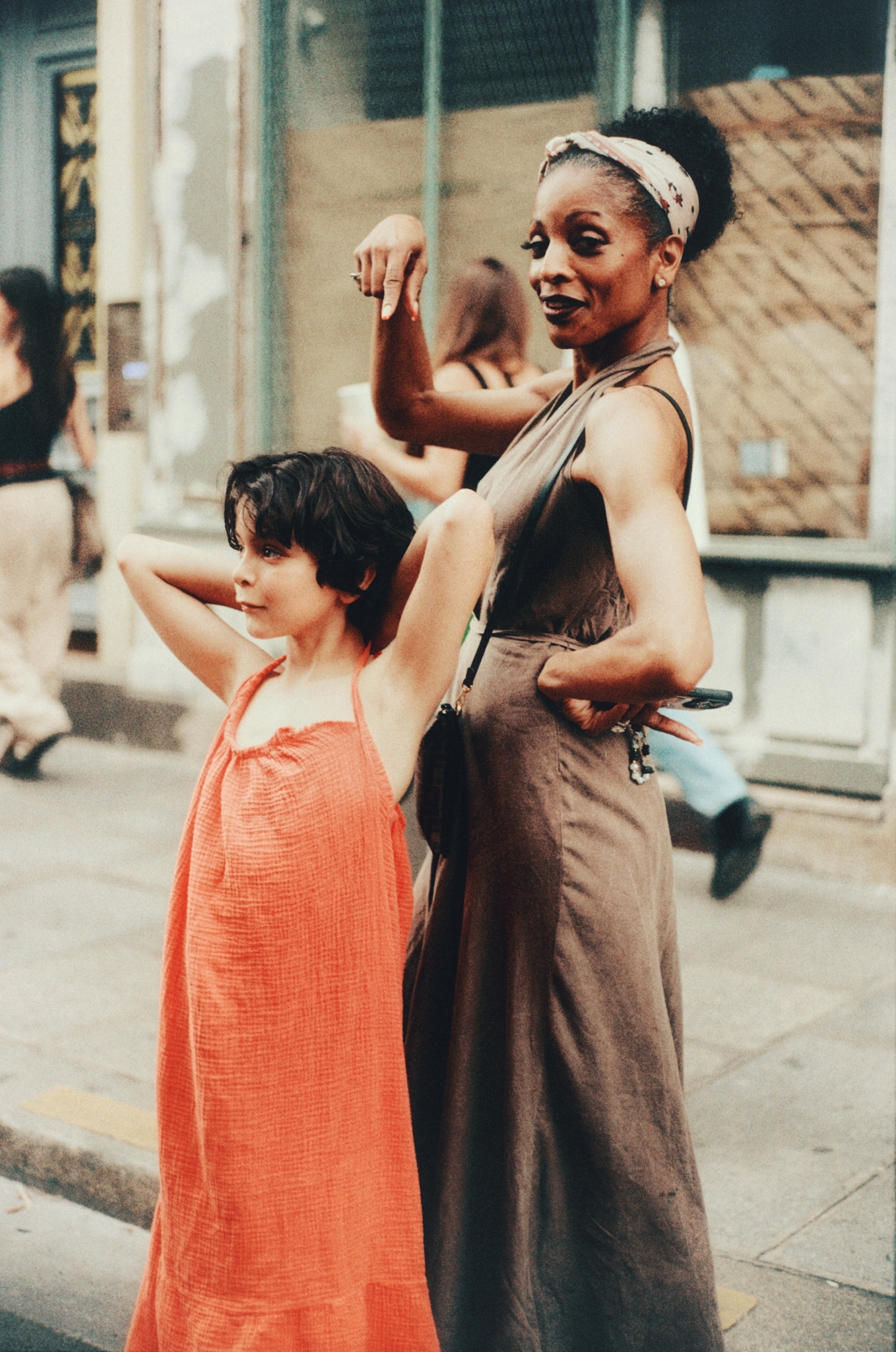
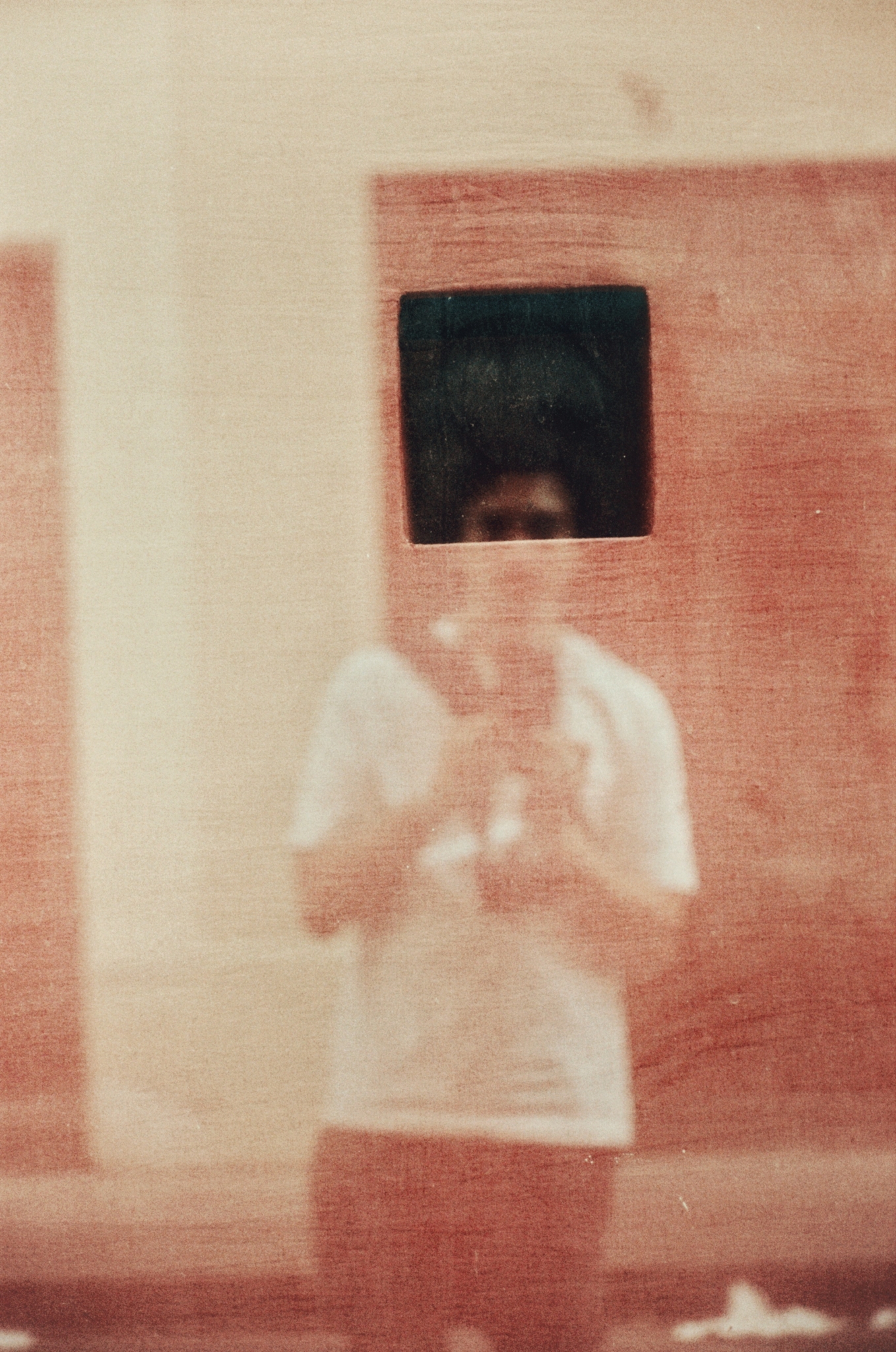
From the beginning, the 30-year-old London-based Australian decided to be an active participant. “Of course you can never take photos without being an onlooker, but the portraits needed an interaction,” he explains. While he suggests that it’s “a little bit of a mix”, becoming part of Fête de la Musique was inevitable.
In Teplitzky’s words, he does an “awful lot of portraiture” and because the process is instinctual, he’s drawn to a variety of people, he adds: “Especially in an environment like Fête de la Musique.” You can see this in his candid scenes of dancers and music makers, seemingly unaware at times of the camera surrounding them. But Teplitzky also suggests that there’s a power dynamic within this type of photography that requires meaningful interactions. In the end, he says, it’s also the nature of the festival that demands having conversations with the revellers: “the festival itself feels very dynamic.”
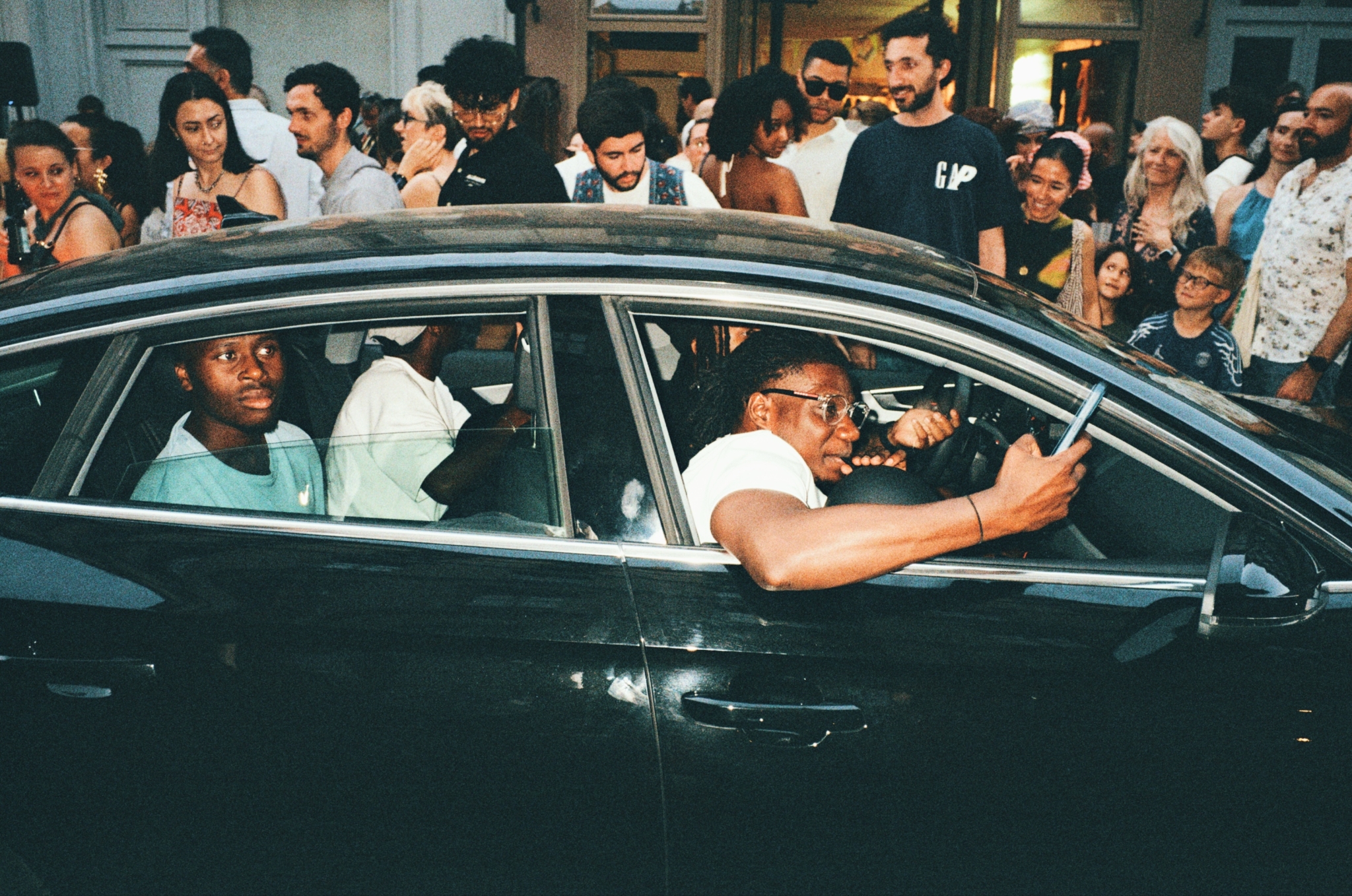
Photography by Miro Lovejoy Teplitzky
At a glance, the figures Teplitzky captures are from different backgrounds and across a spectrum of ages. This wasn’t something he actively sought out, but it speaks to the cosmopolitan nature of Fête de la Musique. “There’s a mix of people, no matter what, that’s the brilliant part [not just about the festival] but also about being in Paris”. Scenes of diversity are threaded throughout Teplitzky’s series—in a way that feels respectful and celebratory—and creates a sense of unitedness and connection where “no one type of person dominates.”
What is most striking is his monochromatic effect. “Monochrome is something that runs throughout my work in general and it’s something I’ve always done,” the photographer continues. This simplicity adds a level of observer-like formality and “it draws the eye to something compositionally interesting,” he continues, allowing him to play with natural light—all the more relevant on a day like the summer solstice. Teplitzky also adds that it’s one of the most important reactive and instinctual elements of being a photographer, particularly for this kind of candid environment.
There is, of course, the music. “But music was a secondary element to it,” Teplitzky notes. His aim was focused on “showing the human experience” and music was a byproduct of that. In essence, his work aims to capture joy—an antithesis to “all the sad things going on in the world,” he says. Teplitzky’s series captures an atmosphere of uplifting positivity. “There’s a lot of validity in that.”
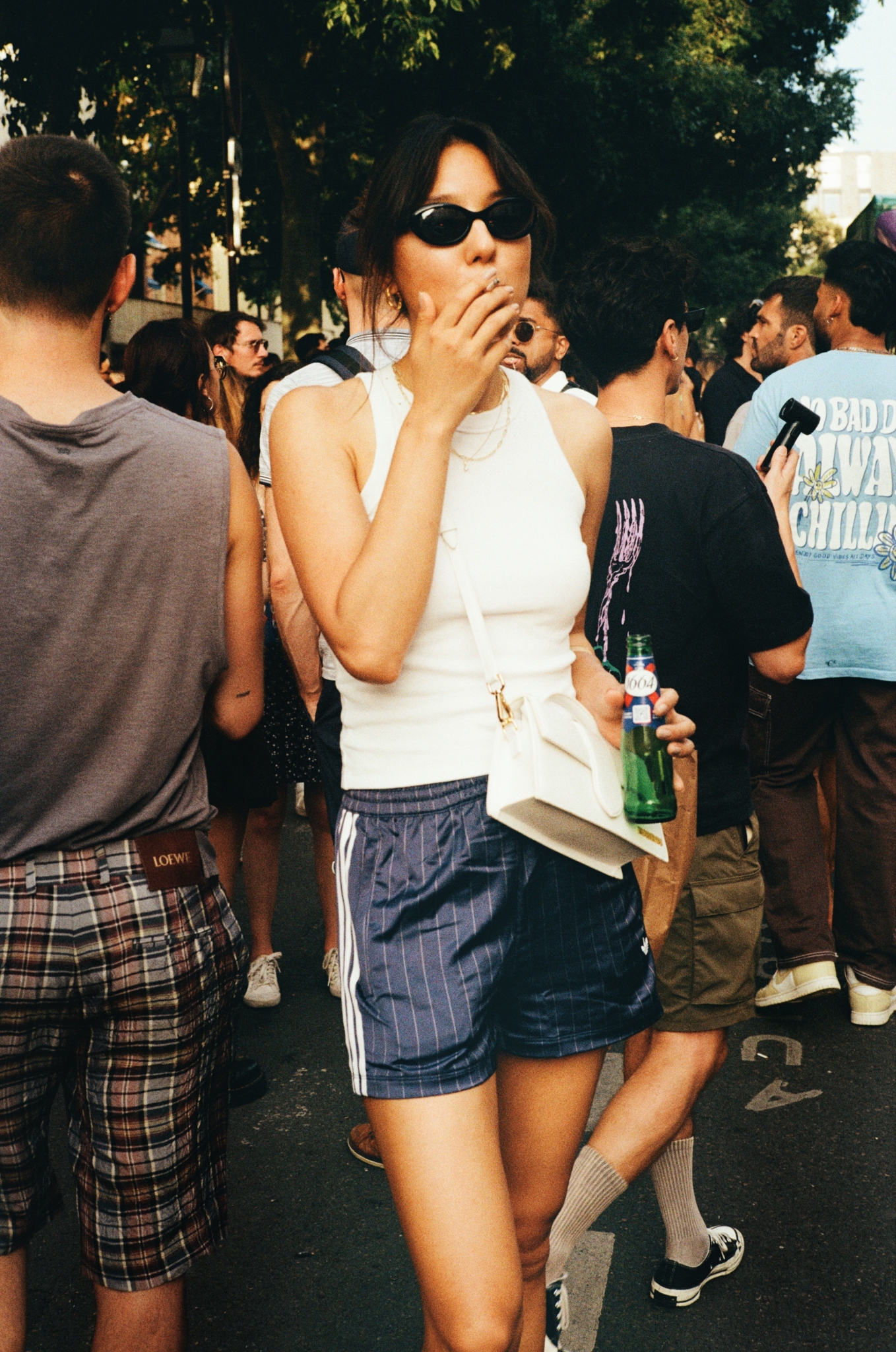
Photography by Miro Lovejoy Teplitzky
His work aims at “capturing a feeling and building a world,” something that runs throughout all of his photographs but which is all the more apparent in this series on Fête de la Musique. The viewer is transported into another world so that they can bring their own emotional response, he tells me. “It’s important to note that the viewer won’t necessarily get the same thing as the person who took the photos,” he admits.
Teplitzky’s approach is raw. When shooting his scene, he takes all the photos on film. This means that the results are more or less a mystery until they are developed. When he finally looks back at his images, he sees a different side to them. “The place itself was quite messy, even so that the Parisians try to avoid it,” he laughs. “My experience was one individual experience of all of that.”
Where they are most valuable, is that these photographs give us a rare glimpse into his, and other revellers’ experiences. “The most difficult part was trying to photograph what I was feeling. You never know if that’s going to come across,” he sighs. For Teplitzky, conveying a sense of justice for “yourself, the person, the scene, what they felt and and what I felt,” that one hot day in Paris, remains his greatest challenge—and his biggest thrill.

